© ROOT-NATION.com - Use of content is permitted with a backlink.
Last year, the realme brand wrapped up with the presentation of two interesting mid-range+ smartphones – the realme 10 Pro and the “older” realme 10 Pro Plus. And it is the latter that we will focus on in more detail today.
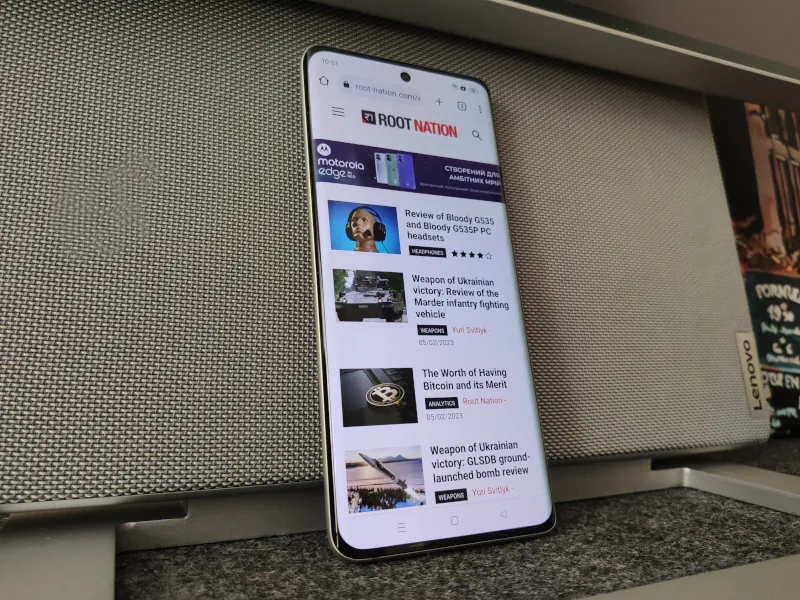
The 10 Pro Plus attracts attention with a flagship curved screen with 120Hz refresh rate, pretty design in several colours including quite bright variants, a fresh realme 4.0 interface based on Android 13, promising cameras, nice performance and a moderate price for its class. I suggest that we don’t waste time with the long strutting and move on to get to know this intriguing new product from realme.
Read also: Realme Pad X Review: An Extraordinary Tablet
Specification of realme 10 Pro Plus
- Display: 6.7″, AMOLED, 2412×1080, 20:9, 394 ppi, 120Hz, sampling rate up to 1260Hz, brightness up to 800 nits, HDR10+, TÜV Rheinland certification, 100% DCI-P3, curved screen, under-screen fingerprint reader, double-reinforced glass screen protection 0.65mm
- OS: Android 13 with realme 4.0 shell
- Processor: Dimensity 920, 6nm, 8 cores (2×Cortex-A76 2.5GHz + 6 Cortex-A55 2GHz)
- Graphics processor: ARM Mali-G68
- RAM: 6/8/12GB, LPDDR4x, expandable up to +8GB
- Permanent memory: 126GB/256GB, UFS 2.2
- Main camera: lead unit 108MP, f/1.75, angle of view 83.63°, wide-angle 8MP, angle of view 112°, f/2.2, macro 2MP, f/2.4
- Front camera: 16MP, 82.3° angle of view, f/2.45
- Battery: 5000mAh, Power Delivery 3.0 fast charging 67W, 50% charge in 17 minutes
- Slot: 2×nano-SIM, no memory card
- Wireless: Wi-Fi 6, Bluetooth 5.2, NFC, GPS, aGPS, Dual GPS (L1+L5), GLONASS, Galileo
- Speakers: stereo
- Dimensions: 161.50 x 73.90 x 7.95 mm
- Weight: 175 g
- Colours: Nebula Blue, Dark Matter Black, Hyperspace
Positioning and price
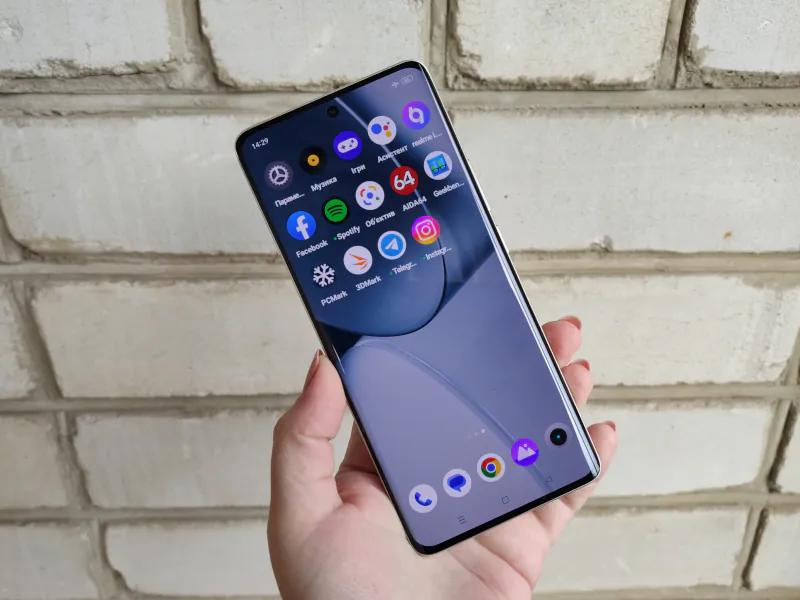
The realme 10 Pro Plus is the most advanced smartphone in the realme 10 series. Technically, the device is a solid smartphone, albeit a preflagship, but still mid-range. This approach strikes a good balance between performance, functionality and price. So, at the time of writing, the realme 10 Pro Plus 12/256GB is available for ∼$400. What do we get for this money?
Complete set
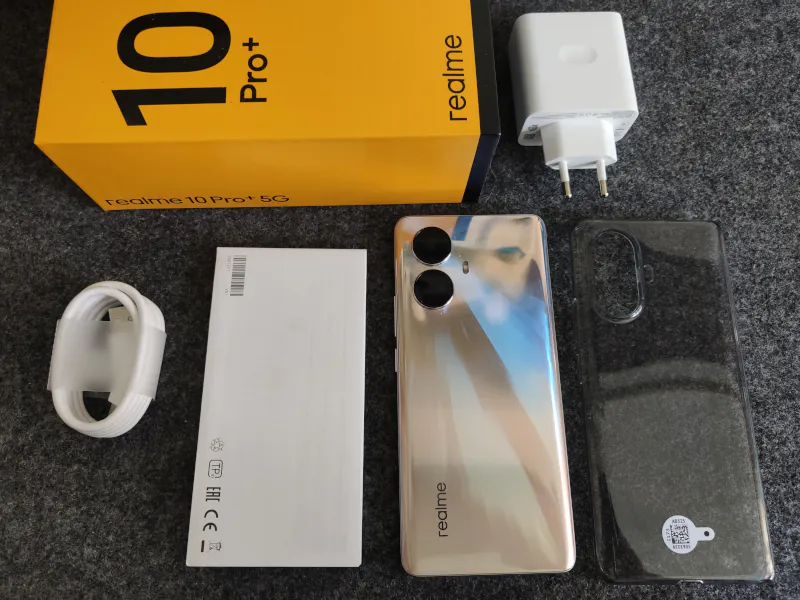
The device arrived in a pretty box in the recognisable yellow colour. Inside is the smartphone, a 67W charger with USB-A to USB Type-C charging cable, accompanying literature and a paper clip for the SIM card slot.
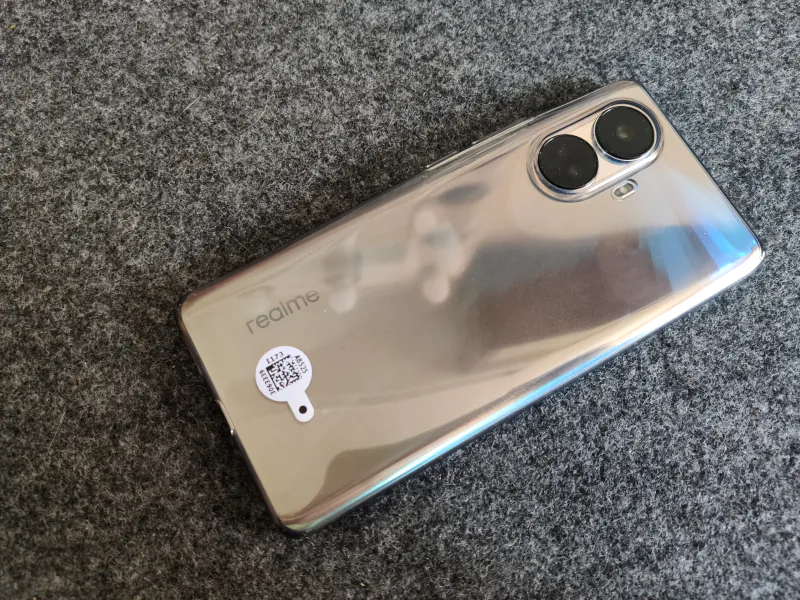
In addition, a protective film is already provided on the smartphone out of the box, and a silicone bumper is also included. The case looks quality and has a rim around the cameras to protect the surface from scratches when placed on a horizontal surface. But we all know that the bundled cases are not known for their durability. However, it will be enough for the first time, and then you can get something more serious.
Read also: Realme 10 Smartphone Review: A New Mid-Range Hit?
Realme 10 Pro Plus design
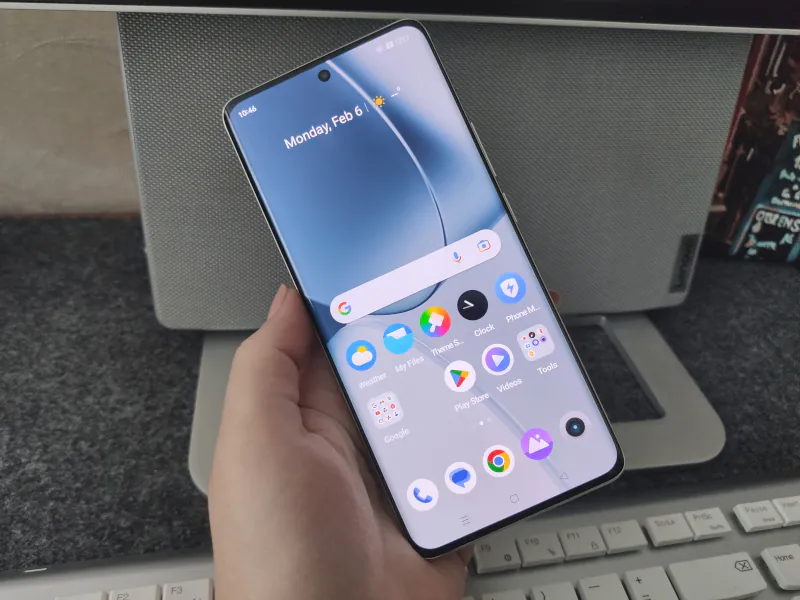
Unlike the other models in the realme 10 range and the previous generation realme 9 (including the realme 9 Pro Plus, which was detailed by Dmitry Koval), the 10 Pro Plus has a cool flagship feature. We’re talking about the curved screen, which is usually found in the top segment, but is now available in the mid-range as well. This fact alone gives the device a more status and “expensive” look. But realme didn’t stop there.
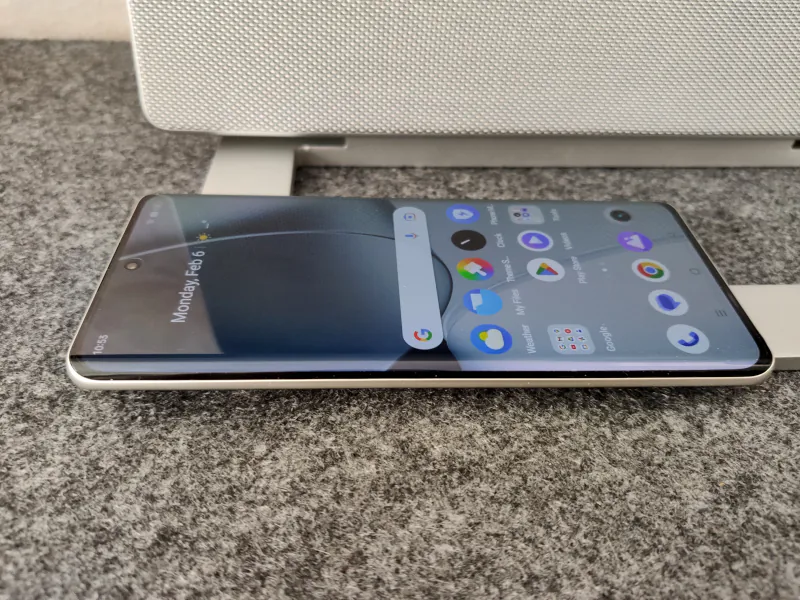
The smartphone for review comes in what I think is a very interesting gold Hyperspace colour. It’s not quite that golden, but has a soft transition from light “gold” to shades of blue, pink, yellow and turquoise. If you look closely, you can see the fine shimmer at the bottom. But the highlight is the ‘rays’ coming from the camera unit that shimmer at different angles.
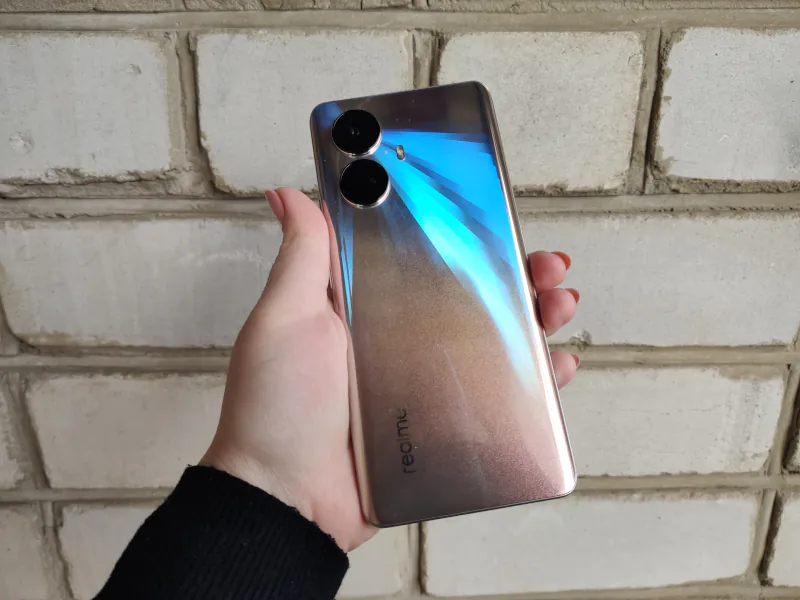
Measuring 161.50×73.90×7.95 mm, the smartphone weighs just 175 g and has a comfortable aspect ratio, making it a great fit in the hand. Although the housing is made of plastic (apart from the glass on the screen) and has no claimed protection against dust and water, the combination of the curved display, interesting back design, low weight and a thickness of just 7.95 mm gives the impression that you are not looking at a mid-range device, but still a flagship.

Composition of elements
Impressed by the smartphone’s design, you can take a closer look at the layout of the main elements. The rear camera unit consists of two large, trendy tabs, with one camera module at the top and two more at the bottom. The flash, meanwhile, is placed slightly to the side. There is also a small brand logo in the lower left corner.
On the front, there’s a large “flowing” edge-to-edge display with a very compact bezel around it, a “chin” of just 2.33mm and a neat hole in the middle of the screen at the top for the front camera.
The left-hand side was left blank, while the right-hand side traditionally has the volume and power buttons.
On the downside, you can see one of the speaker grilles, a Type-C charging socket, a microphone hole and a SIM slot. It’s worth noting that memory cards are not supported. On the top, there is an auxiliary speaker, which together with the lower one provides stereo sound, and a hole for another microphone.
Incidentally, no headphone jack is provided (it’s mostly a flagship theme), so an adapter or Bluetooth headset is our everything.
Read also: Realme C33 review: what to expect from a $140 smartphone?
Display
The screen on the realme 10 Pro Plus is impressive. To start with, it uses a curved 6.7-inch AMOLED matrix with a resolution of 2412×1080, a pixel density of 394 ppi, brightness of up to 800 nits and support for 120Hz refresh rates and sampling rates of up to 1260Hz. The curvature of the display is 61°, which prevents lateral distortion, while the use of an AMOLED matrix has allowed the placement of a fingerprint scanner underneath the screen. In addition, the screen is protected by dual 0.65mm reinforced glass.
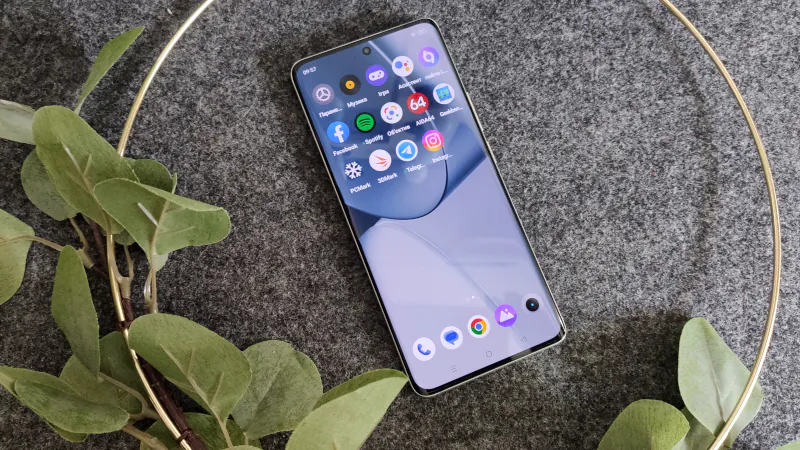
The display covers almost 94% (93.65% to be exact) of the front panel. In addition, HDR10+ support is provided, the DCI-P3 colour space is 100% covered, there’s TÜV Rheinland certification and 2160Hz PWM dimming in low light to reduce flicker. Realme has also worked on an intelligent touch recognition algorithm to get rid of false positives, which is especially important when using a curved display. What can I say, during testing no problems with phantom touches were observed, regardless of which orientation the device was in.
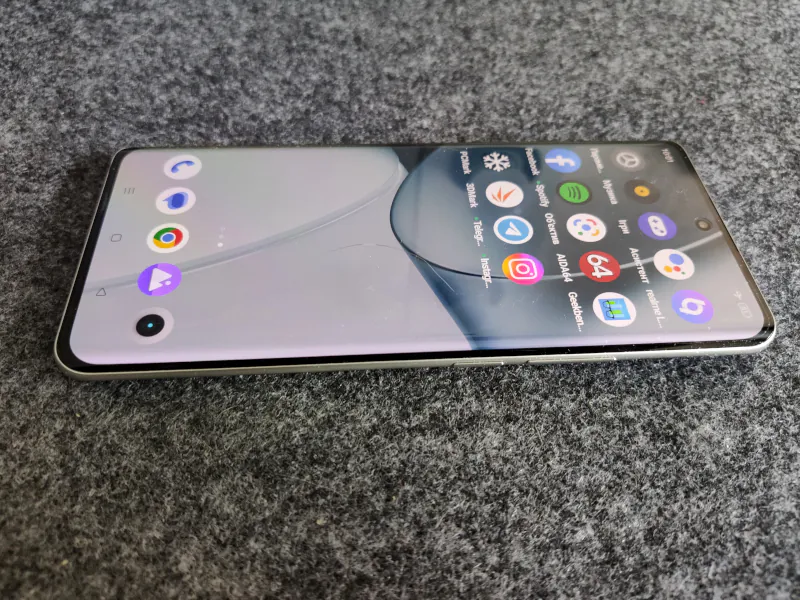
In general, the 10 Pro Plus display is superbly designed and of incredible quality. Colour reproduction and contrast are excellent, brightness is nothing more, and viewing angles are excellent. The 120Hz refresh rate makes for very smooth scrolling and operation of the interface, and the curved sides of the screen give the smartphone a premium feel. However, it’s also worth praising for its fairly flexible settings.
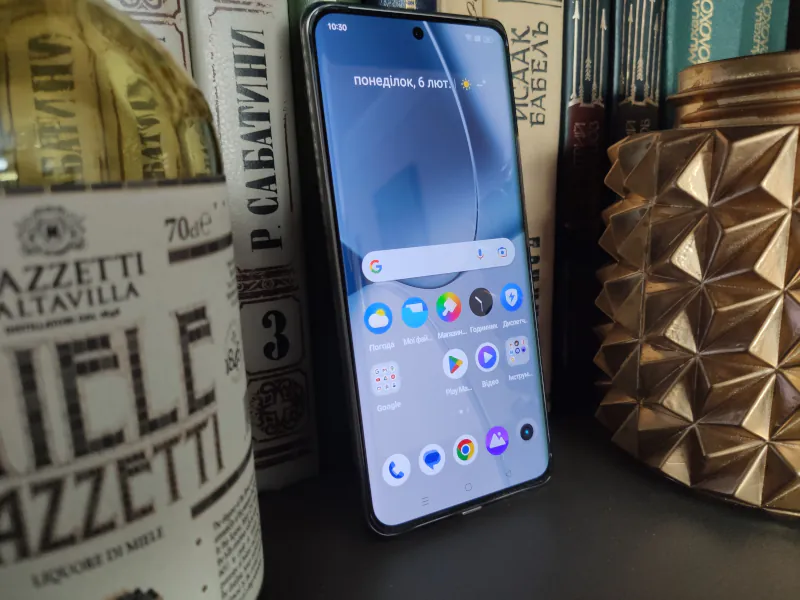
Thus, the settings include support for a dark theme, Auto Brightness, Increased (120 Hz), Standard (60 Hz) or Automatic (60-120 Hz) refresh rate, Eye-Comfort mode in which you can select the colour temperature, and Colour or Black & White mode. By the way, colour reproduction can be adjusted not only in eye protection mode, but in general. To do this, there are 4 modes: “Bright”, “Natural”, as well as two so-called professional modes – “Cinematographic” and another “Bright”. In each of these modes you can additionally customise the display temperature.
Of course, since we have AMOLED here, there’s the Always-On feature, where you can choose the style of the picture on the locked screen and the information that will be displayed on it. You can also select themes and icon styles, and separately I liked the colour scheme for the interface. This is about how menus, icons or chats will look in messengers. You can choose from those offered by the system, you can create your own, or you can make them match the wallpaper colour and then everything will be in the same style. A seemingly small thing, but a pleasant one.
I’d like to make special mention of the tactile response, which is also customisable. There are two options to choose from – the soft “Natural” or the sharper ” Crisp ” – and you can select the intensity for each of them. I liked the “Crisp” option at maximum intensity, it provides a really interesting touchscreen experience.
Hardware and performance
The engine of the realme 10 Pro Plus remains the 8-core Dimensity 920, based on 6nm process technology, which the 10 has inherited from the previous model. Of the eight cores of the Dimensity 920, two are 2.5GHz performance Cortex-A76 cores and another six are 2GHz Cortex-A55 cores. Yes, the chipset is still pretty sharp, but I would like to see something fresher and more powerful in the new generation.
Graphics are handled by the ARM Mali-G68 processor. There is 128GB or 256GB of permanent memory (UFS 2.2, no microSD support) and 6, 8 or 12GB of LPDDR4x-type RAM. In addition, the smartphone supports RAM expansion with up to +8GB of flash memory. So you can get as much as 20GB of RAM in the maximum modification! To be honest, I don’t know what you can load the smartphone with, except perhaps some very voracious games, so that 12 GB of RAM will not be enough for you. But the support of dynamic RAM lets you not worry at all about whether there are tasks that the smartphone can’t cope with.
In our review we have a version with 8GB RAM (and if we add another 8GB of virtual RAM, we get the whole 16GB), and the device handled the workload perfectly, including multitasking mode. With a good dozen (or even more) applications open in the background, including Chrome with a stack of tabs, social networks, messengers, YouTube and a couple of other utilities, the smartphone didn’t raise an eyebrow. Interestingly, during the 20-minute intensive stress test, the smartphone didn’t even heat up, which is not uncommon when testing other devices from different segments. The cooling system handled the load perfectly.
The 10 Pro Plus looks like a pretty sharp smartphone with good performance for its class. As for wireless interfaces, here we have dual-band Wi-Fi 6, Bluetooth 5.2, NFC, and geo-positioning services – GPS, aGPS, Dual GPS (L1+L5), GLONASS and Galileo.
Software
The software is represented by the branded realme 4.0 shell based on Android 13. This is the updated realme user interface, in which security issues have been further developed and some interesting features have been added. I will mention the most interesting things.
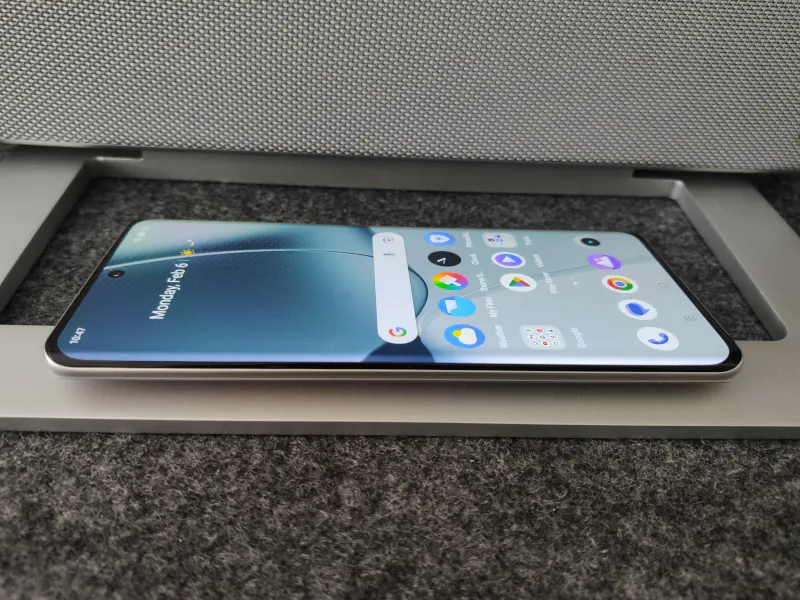
There’s a game mode, a shop with themes and wallpaper, parental controls, a circular menu that can be set up to perform frequently used actions (lock screen, back button, home button, screenshot etc.), and a handy sidebar where you can place the most popular apps.
Under ‘Special Functions’ you can find settings for split screen and floating windows. And then there’s the ‘realme lab’ utility, where you can enable dual playback when wired headphones and a Bluetooth headset are connected simultaneously, set up a ‘Sleep Capsule’ to limit smartphone use before resting to improve sleep, and measure heartbeat through an optical fingerprint scanner. Don’t expect the fingerprint sensor to provide accurate data, but for statistics or comparisons with a tracker or smartwatch (which, incidentally, aren’t known for accurate measurements either), you’re welcome.
Overall, the software is well-designed, user-friendly, with many interesting and useful features, yet logical and uncluttered. Regarding the quality of its work – no problems here. I haven’t noticed any hang-ups or lags while working with the device.
Realme 10 Pro Plus cameras
The back camera of the realme 10 Pro Plus consists of three modules: a 108MP main camera with f/1.75 aperture and 83.63° viewing angle, an 8MP wide-angle camera with 112° viewing angle and f/2.2, and a modest 2MP auxiliary macro with f/2.4 aperture. The main lens also supports shooting in 4K, albeit at 30 fps. To shoot at 60 fps, you’ll have to upgrade to FullHD.

The 108-megapixel sensor typically shoots at 12MP resolution (here using 9-in-1 pixel-matching technology), and there’s a separate mode for shooting ‘everything’. It’s the same as everywhere else. But, subjectively, it doesn’t make sense, like most other smartphones that have the option to shoot at the same 48, 50, 64 or 108MP. When viewing photos, those taken at 108MP don’t offer improved detail, and very often, on the contrary, produce worse results than the “normal” 12MP. But instead of 2-4MB in “108MP” mode, you get 30+MB files. Sounds like a waste of internal storage to me.
In terms of picture quality, the realme 10 Pro Plus in particular surprised me pleasantly. What I particularly liked about the camera was the automatic switching between shooting modes. Modern smartphones quite often suggest using a more relevant shooting mode for certain conditions, for example when shooting at night. With Ten, the optimum shooting mode is determined automatically, making it even easier to take pictures. In other words, if you shoot in the street, the camera automatically switches to Street mode, if you shoot at night, there you have it, the night mode. And that’s with the AI off. In fact, for those who don’t know much about mobile photography, it’s a good trick, because you don’t have to think about how and with what you need to shoot to get a decent shot. And for those who like to take more exclusive photos with manual settings, welcome to Pro Mode.
But back to picture quality. I liked the main module in all shooting conditions – on the move, in great light or almost in darkness, outdoors and indoors. When shooting with the camera of this mid-range unit there were almost no bad shots, which personally surprises me pleasantly. The hardware, and of course the camera software of the 10 Pro Plus, is the point here. This makes the shots clear, detailed, with good colour reproduction and texture, if any, and contrast. When a photo is spot-lit and only certain subjects are illuminated, the software doesn’t try to stretch out the light all over the frame, but instead shows a natural play of light and shadow. So you can expect interesting and atmospheric shots without having to navigate through the manual mode settings.
Examples of the shooting can be found below.
PHOTOS FROM REALME 10 PRO PLUS IN ORIGINAL RESOLUTION
The camera app features the following photo modes: Photo, Night, Street, Portrait, 108MP, Pro, Panorama, Macro, Group Portrait. For video, there’s, of course, the standard ‘Video’ mode, ‘Movie’, very reminiscent of Pro mode, ‘Accelerated’ and ‘Slow Motion’ as well as cinematic modes ‘Shift and Tilt’, ‘Glow Mode’ and a mode for content-makers with both cameras (rear and front). There’s also a text scanner, Google Lens, minimal beatification, AI, motion capture and hardware-enhanced stabilisation (for 1080p).
The front camera here is 16MP, it has almost the same angle of view as the main sensor (82.3°), and its aperture is f/2.45. You can take really good selfies with it, with which you can decorate social networks or just keep them for yourself. The camera shoots video in Full HD at 30 fps, and there are bokeh settings, filters and a face enhancement mode.
Battery life of the realme 10 Pro Plus
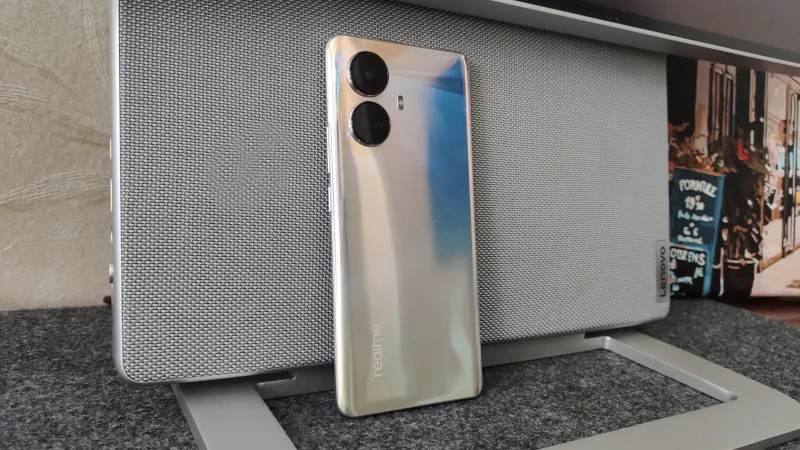
The smartphone is powered by a 5000 mAh battery. Power Delivery 3.0 fast charging with 67W is available. With it, the 10 Pro Plus can be charged to 50% in 17 minutes, with a full charge taking just over half an hour. Normal usage – calling, email and browsing, messaging, social networking, video, Bluetooth-enabled devices – gives you up to two days of battery life. If you like to play mobile games or spend hours on end scrolling through your social media feeds, you’ll need to turn to a power outlet in the evening.
Unlocking methods
It’s the same as everywhere else – there’s a face scanner and a fingerprint sensor. Face control works quickly and clearly, even in low light, for which thanks must be given to the function that temporarily boosts screen brightness during unlock.
No complaints about the fingerprint scanner either – the response is clear and the unlocking is lightning quick. The only thing I would change here is its location. For some reason, many manufacturers try to place the scanner as low as possible, but this is not very convenient in operation. Yes, you get used to it over time, but raising it a little higher wouldn’t be out of place.
Sound
The realme 10 Pro Plus has a true stereo sound thanks to the use of two speakers at the top and bottom. Unlike many smartphones, where the second speaker is the conversational speaker, a separate speaker on the top end is used here. This provides an unambiguously better sound. But it’s still not perfect.
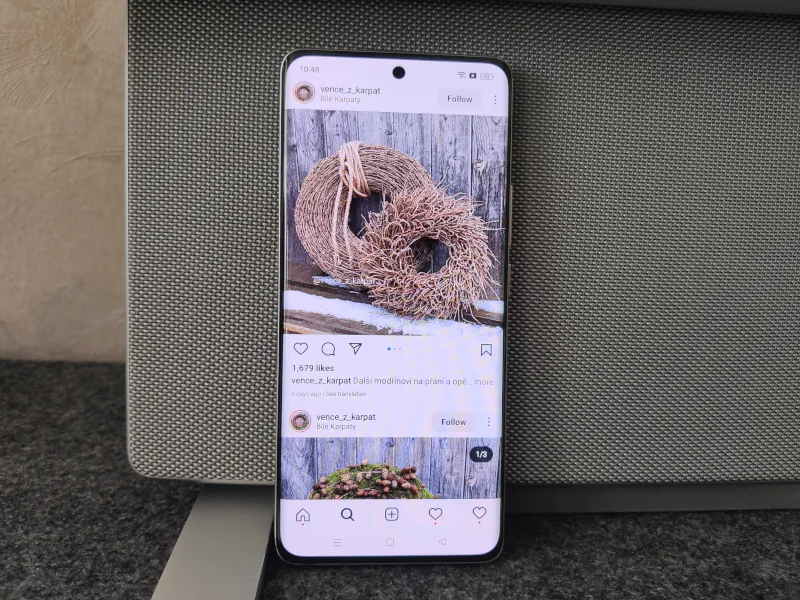
The bottom speaker, as the main speaker, is slightly larger in size and has a higher volume, so when watching a film or video in landscape orientation, it drags the blanket a little. However, the sound of the 10 Pro Plus can’t be compared to the so-called stereo in budget devices – it’s considerably better quality and more pleasant here.
Conclusions
The realme 10 Pro Plus is a well-balanced and competitive device, with a number of advantages, of course, and disadvantages, but with an adequate price tag. The smartphone has an impressive AMOLED display with 120Hz and flexible settings, fresh software with lots of handy tools, not top-end but good performance with dynamic RAM support, nice battery life with 67W fast charging, an excellent main camera and stereo sound. And the curved screen design is a treat in itself, which also gives the smartphone a more status-oriented look.
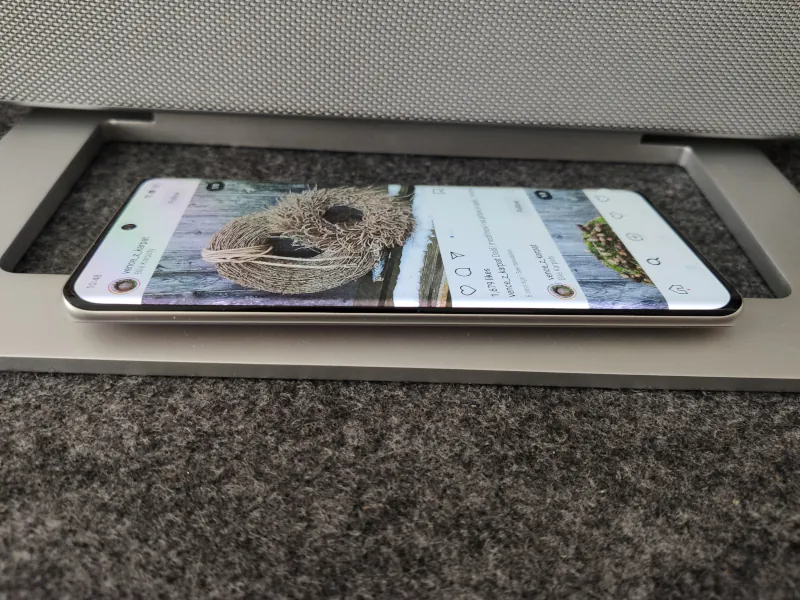
There aren’t too many drawbacks here. To be completely happy, it lacks a fresher chipset, OIS, memory card support and perhaps someone would also like a mini-jack. Well, if there were wireless charging as well, the 10 Pro Plus could easily be written off as a ‘flagship killer’. Although all these changes would definitely have had an impact on the price. So for my money, the realme 10 Pro Plus is now a pretty good solution for those looking for a fast smartphone with a cool screen, a good camera, battery life and nice software.
Read also:
- Motorola Edge 30 Fusion review: “flagship killer” or is it too loud?
- Realme 9 Pro review: 120 Hz display and 5G support


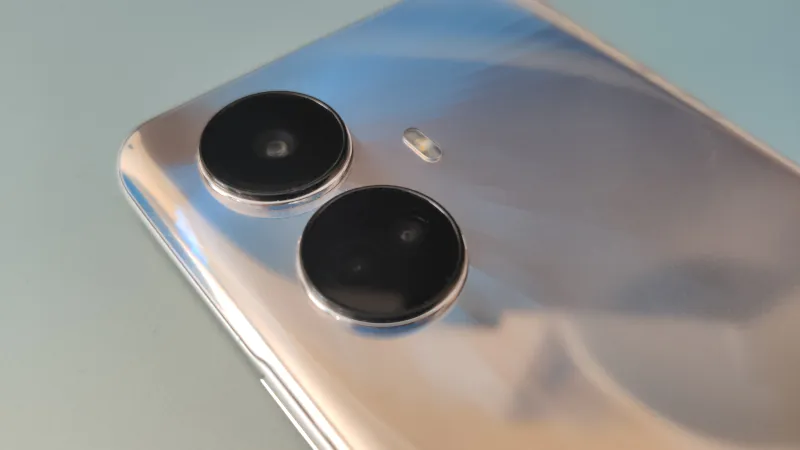
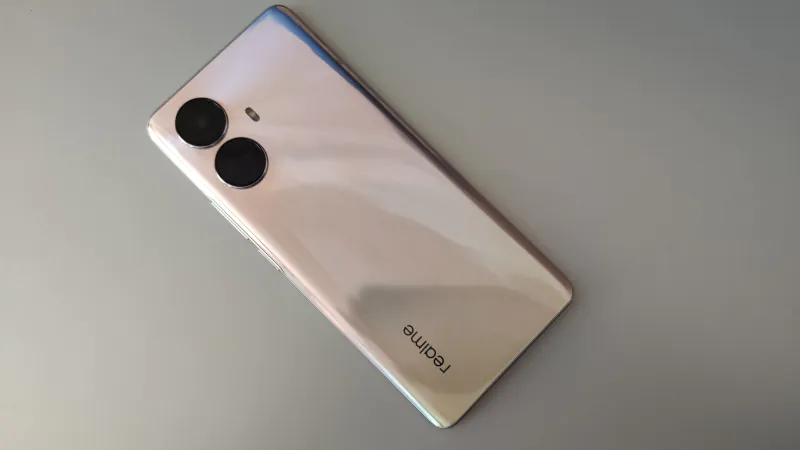
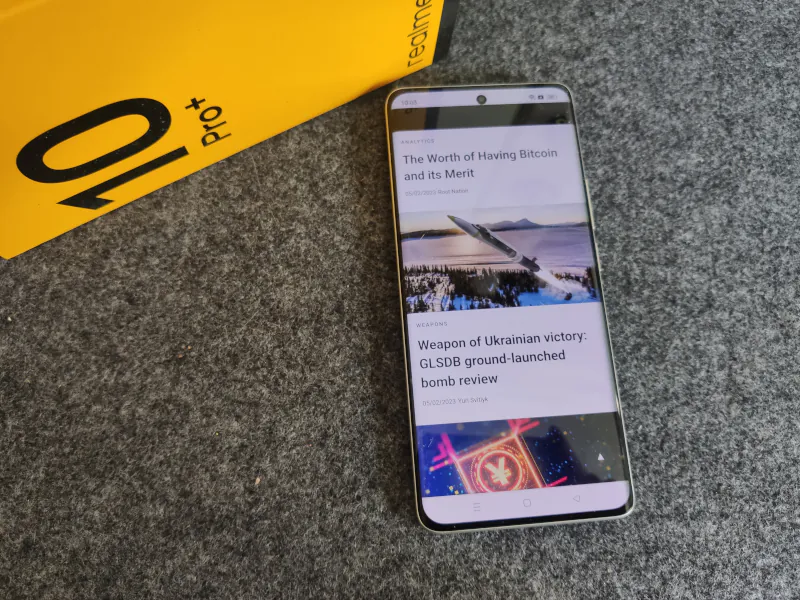
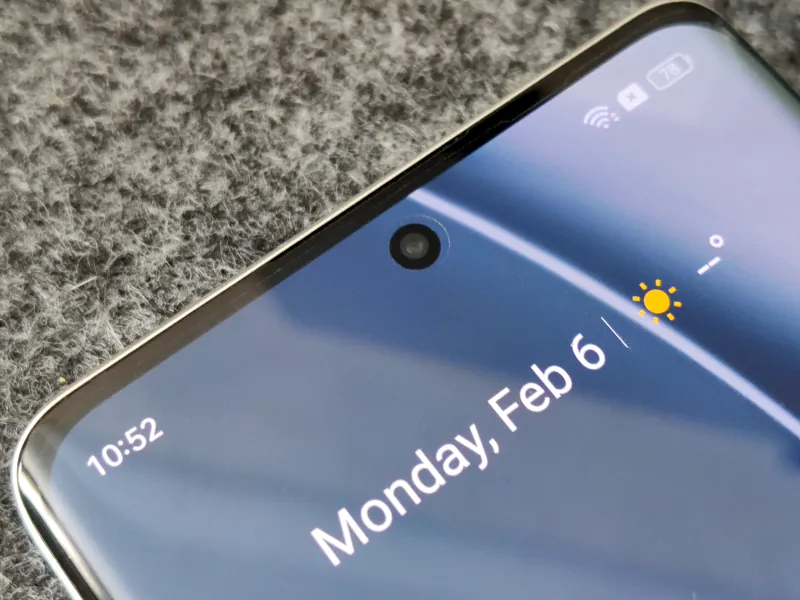
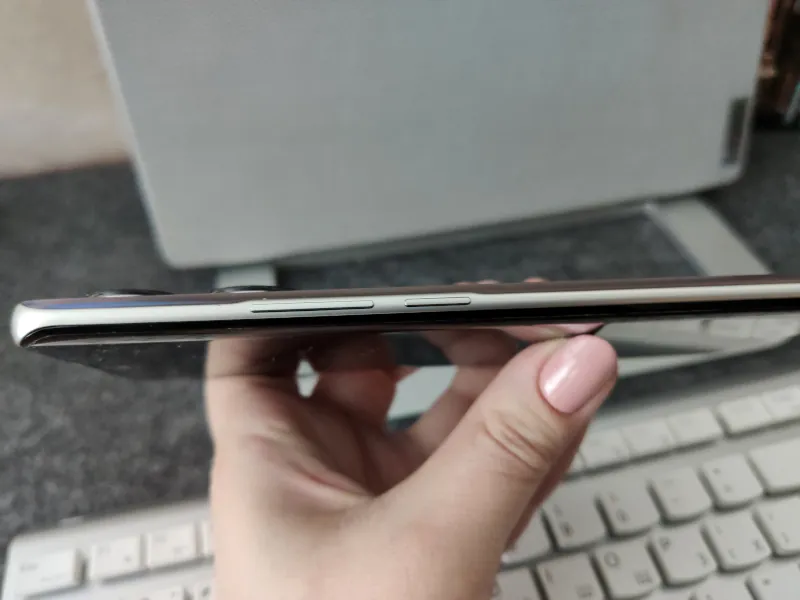
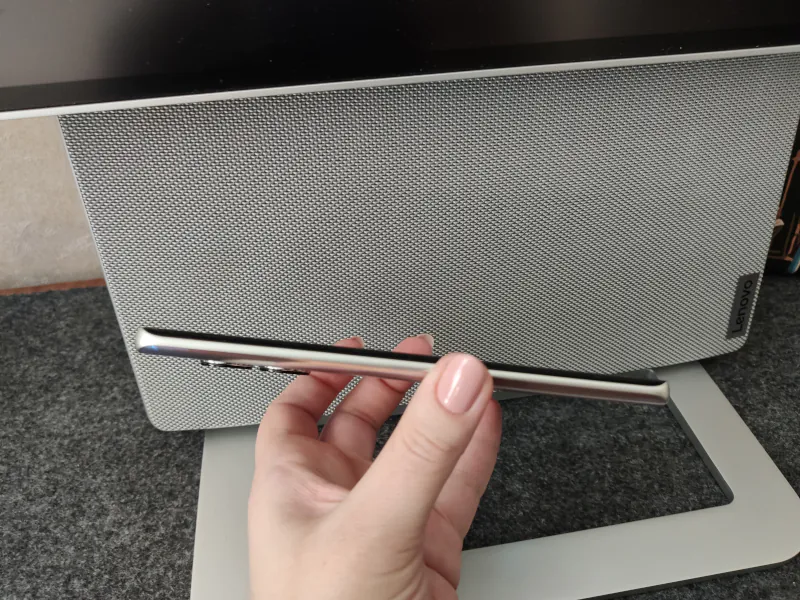
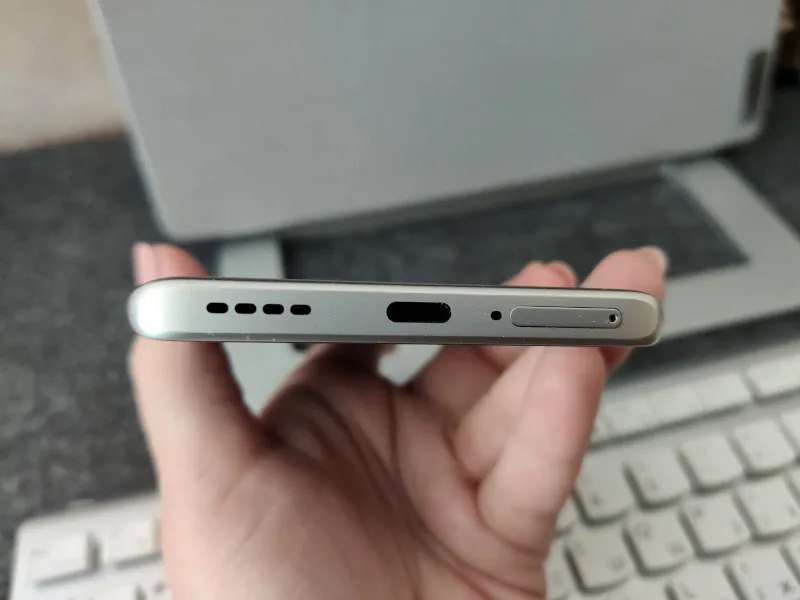
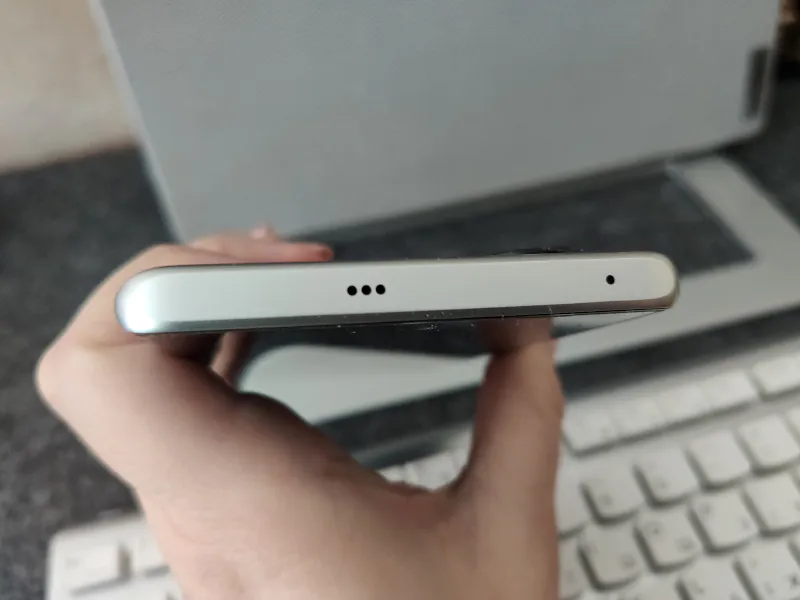
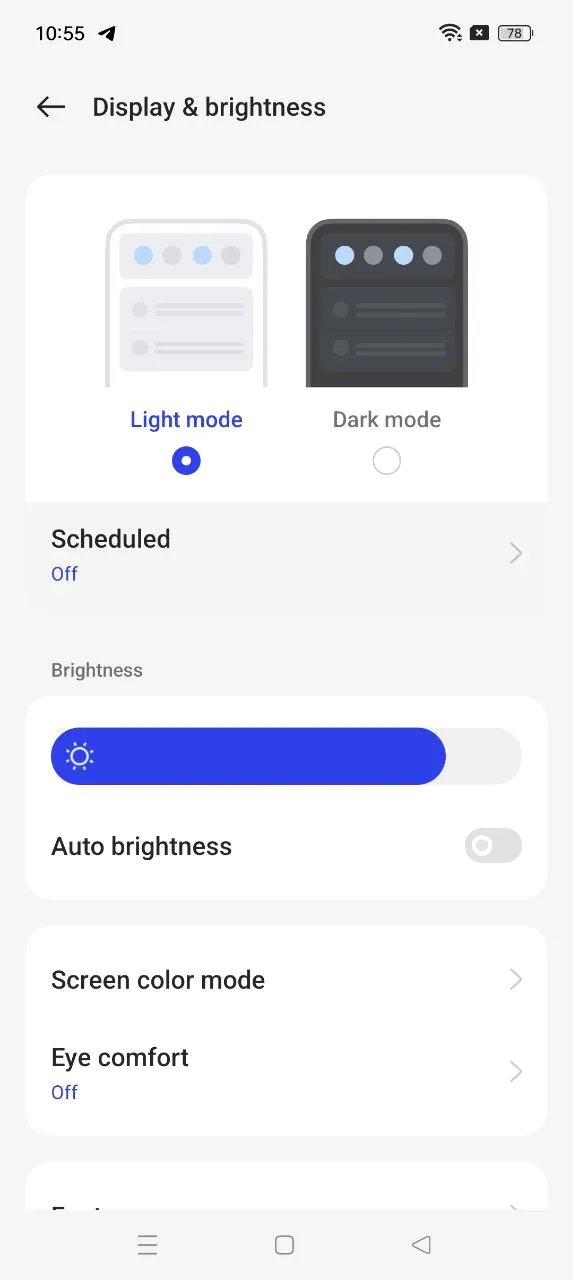
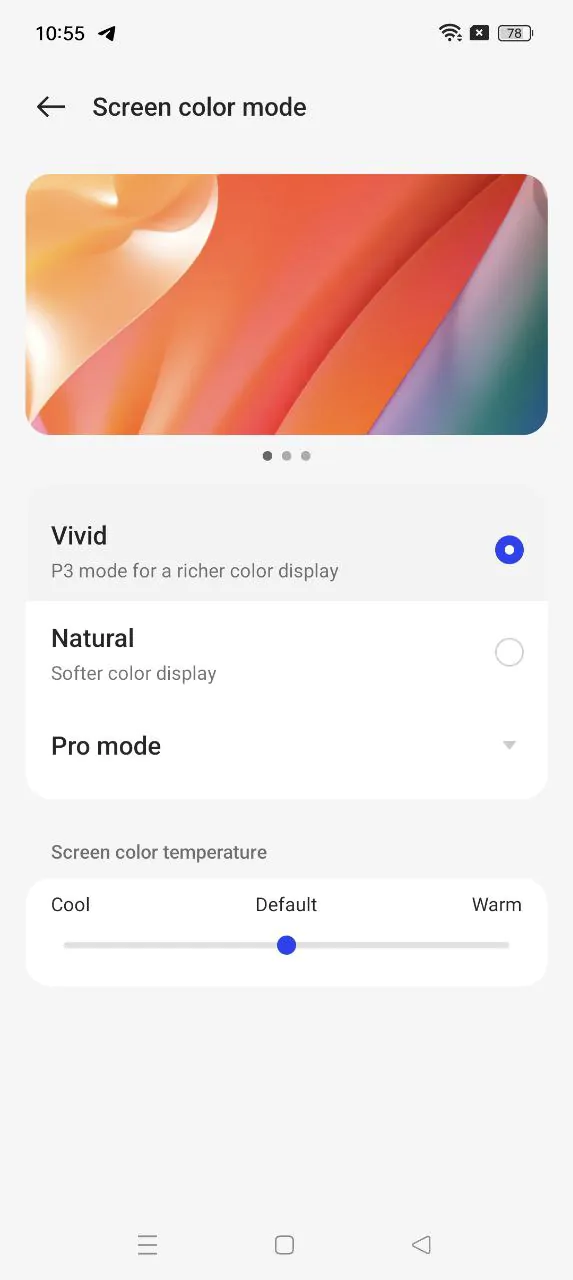
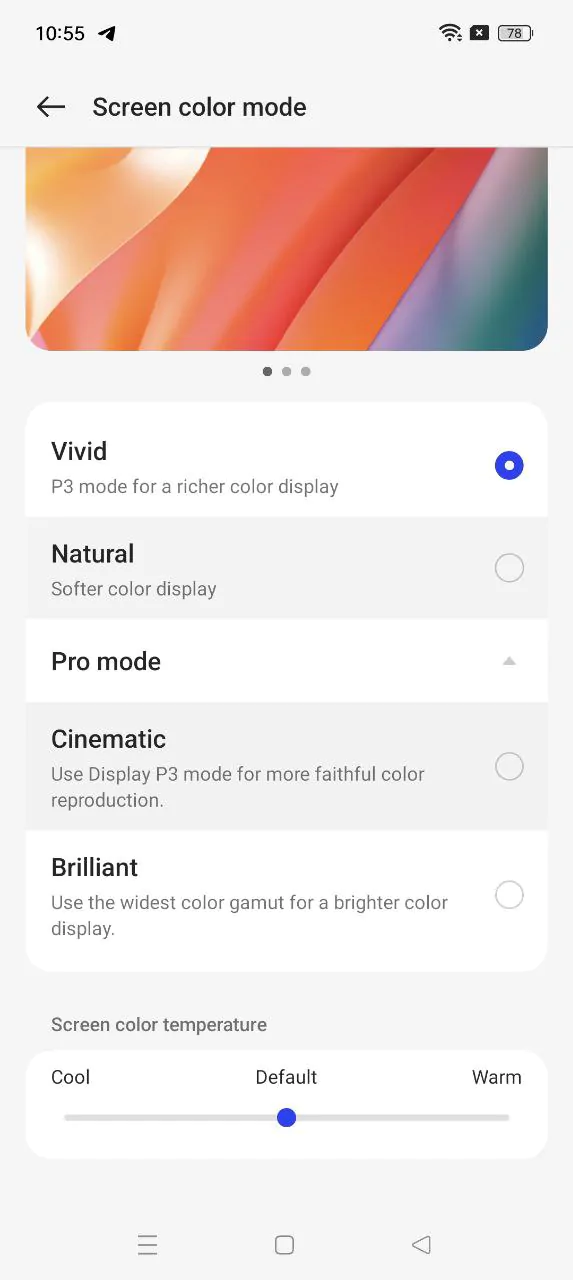
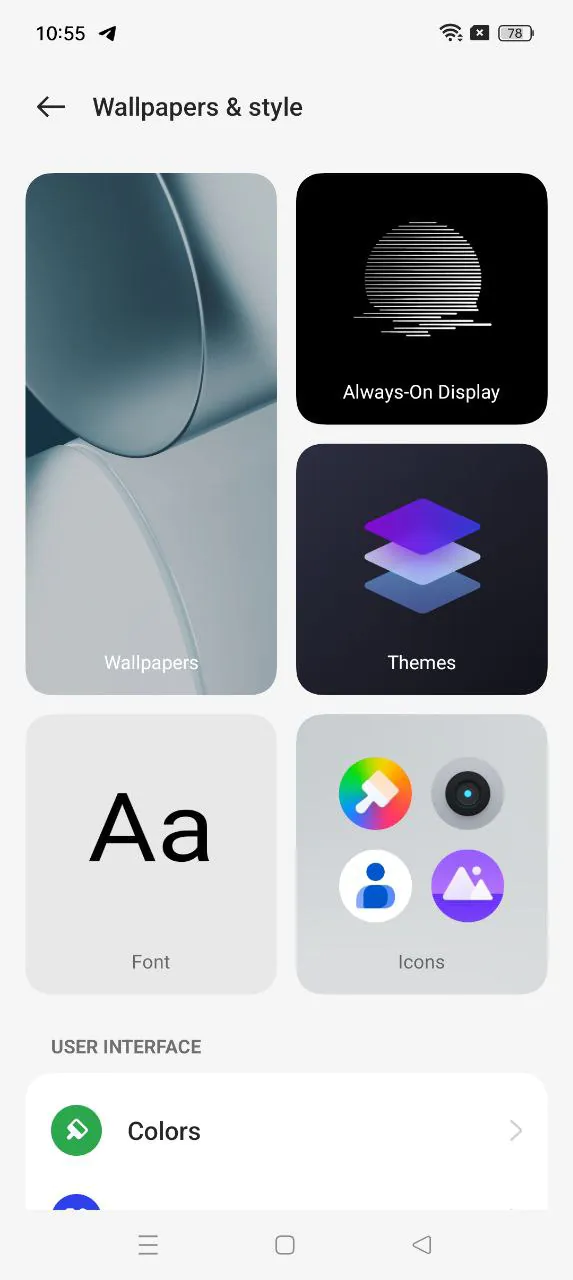
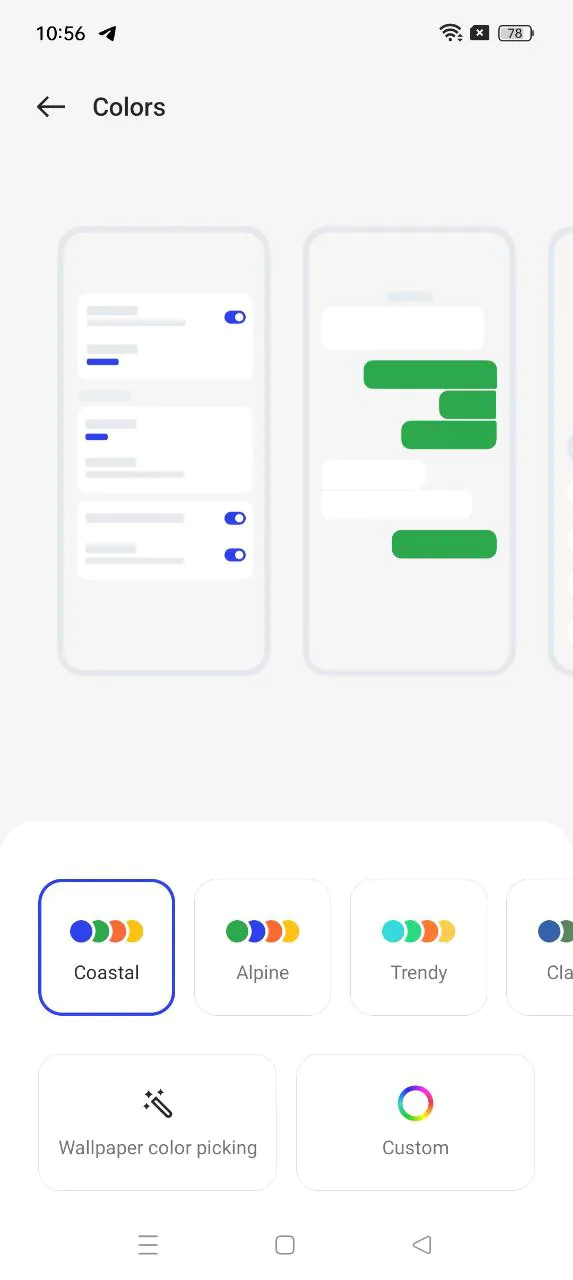
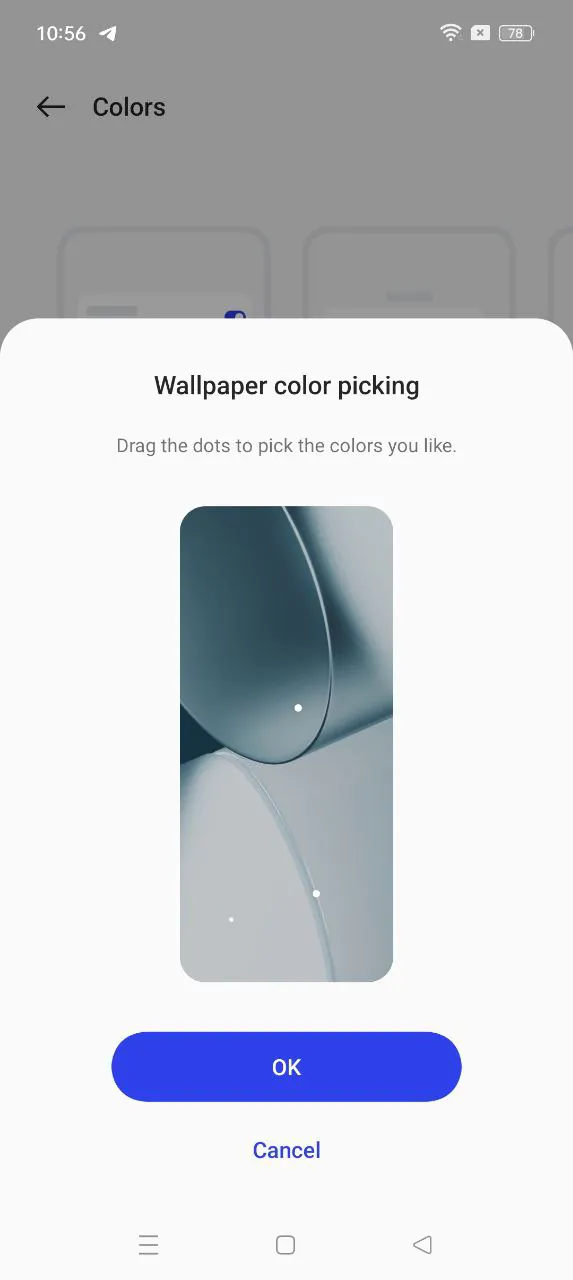

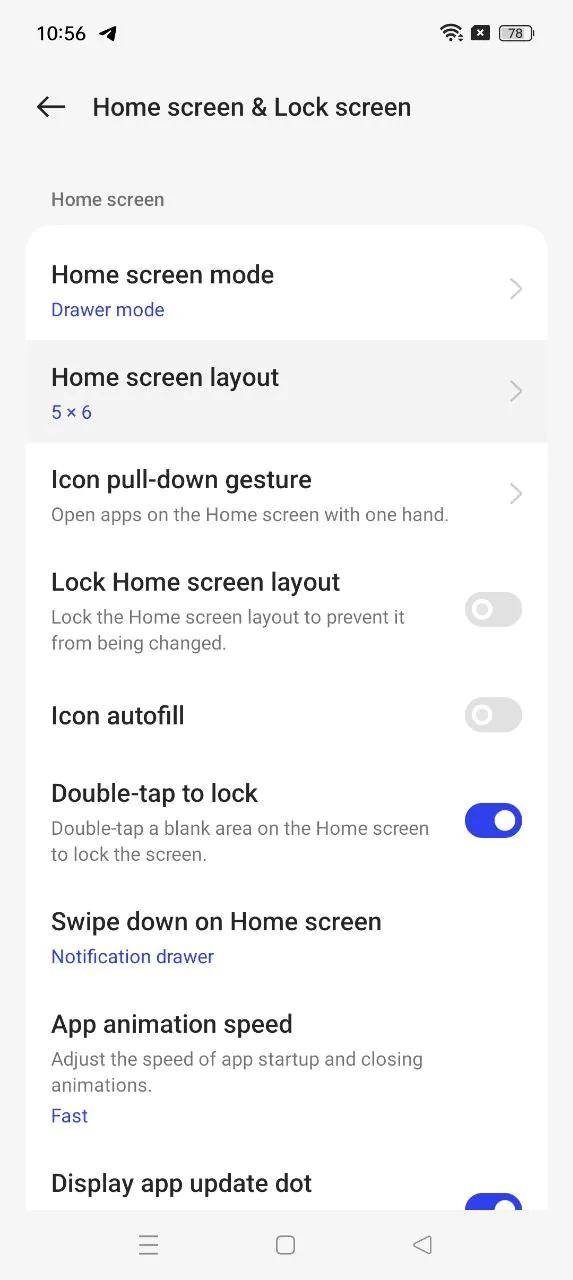

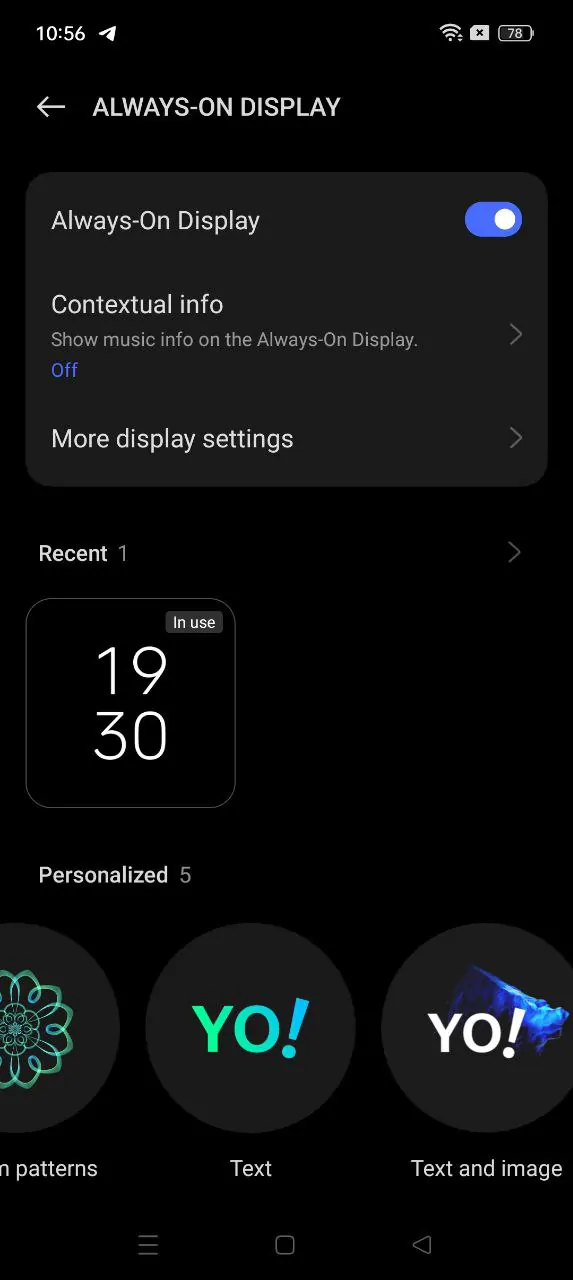
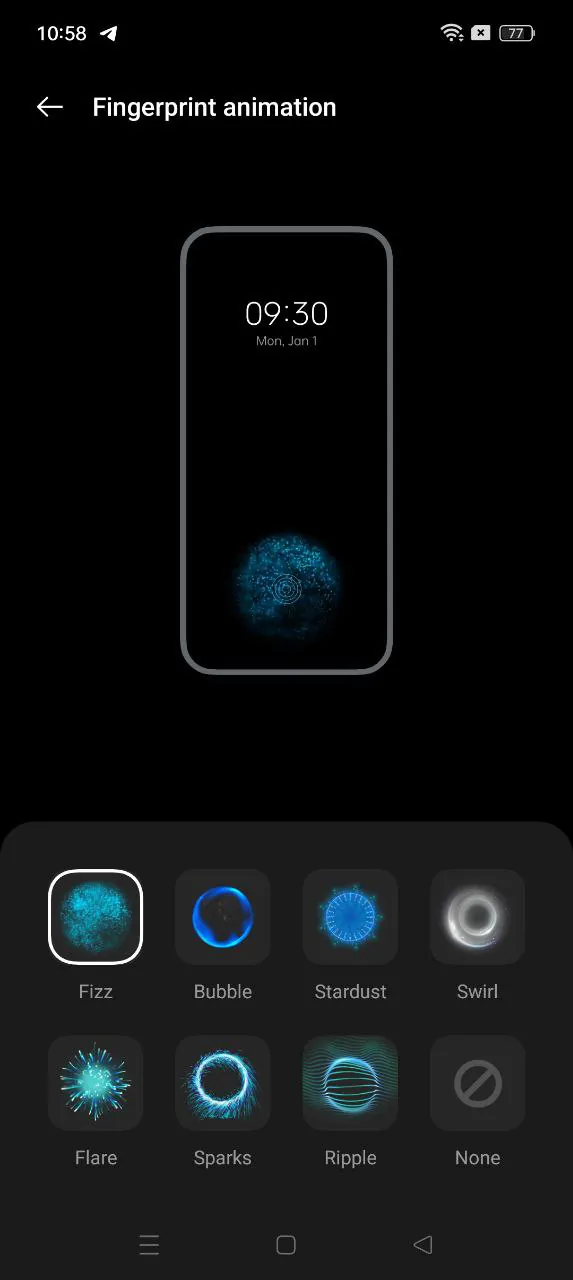

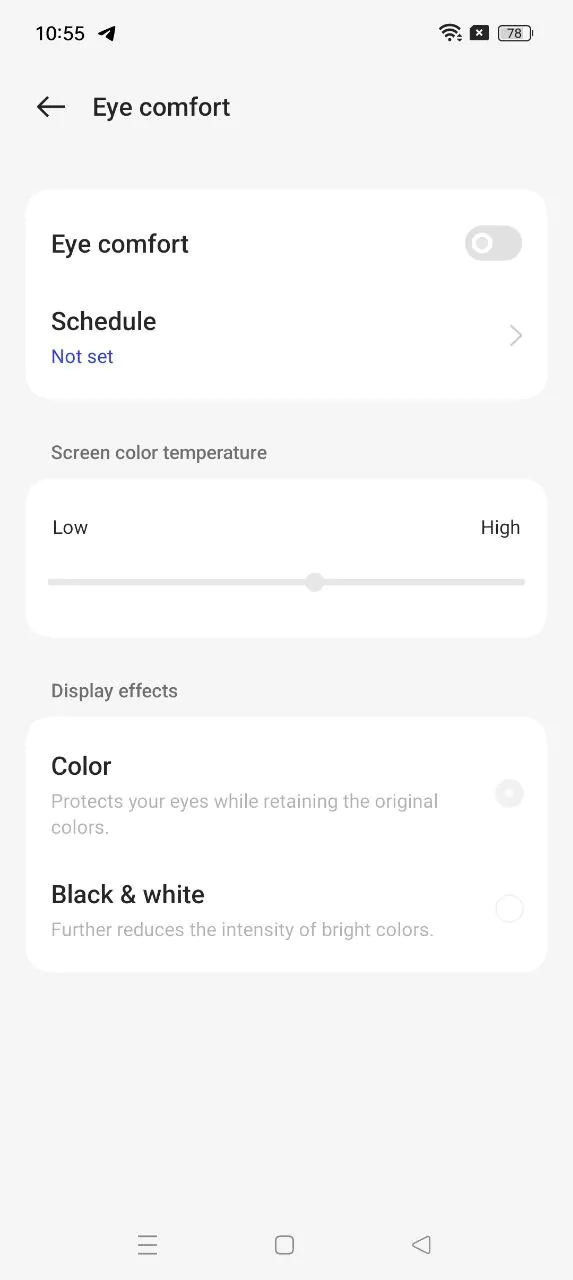
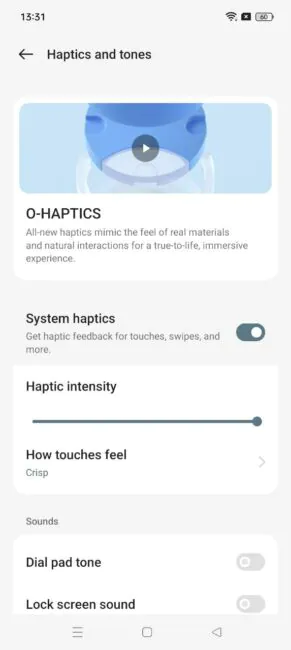
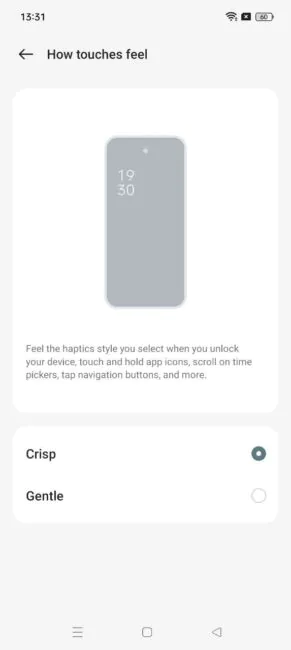
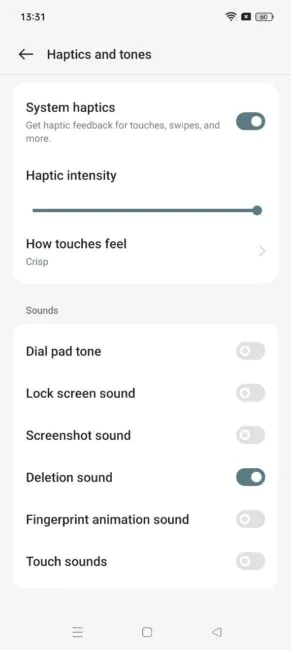
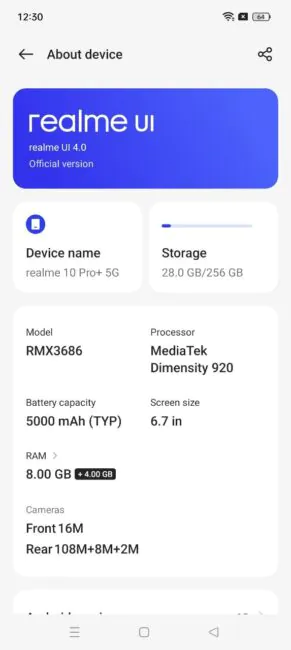

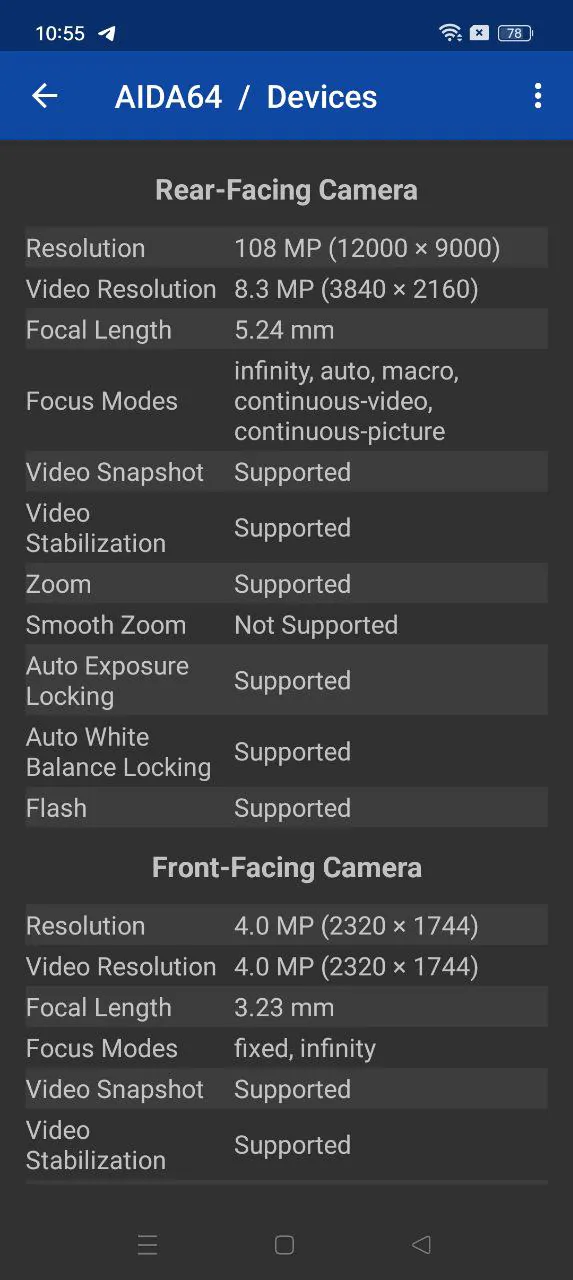
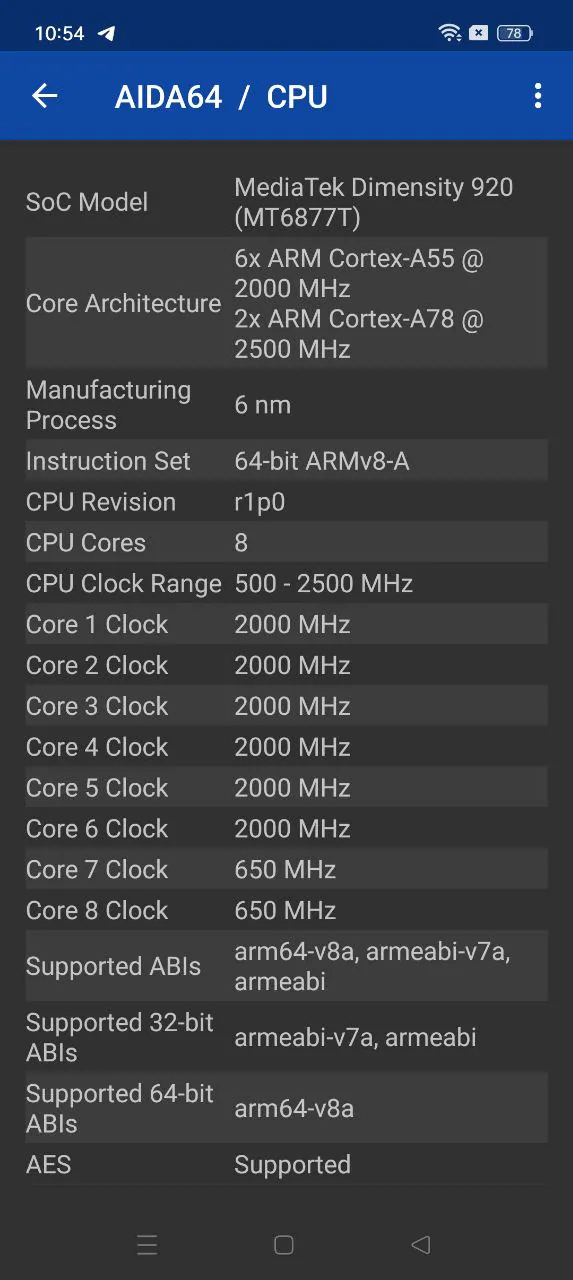
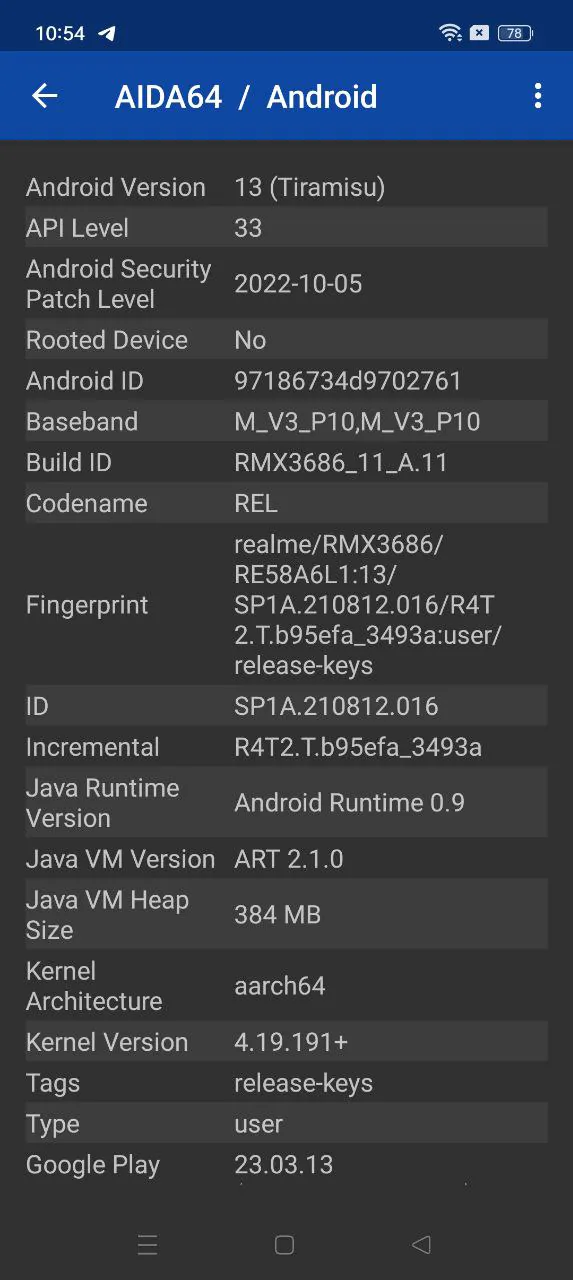
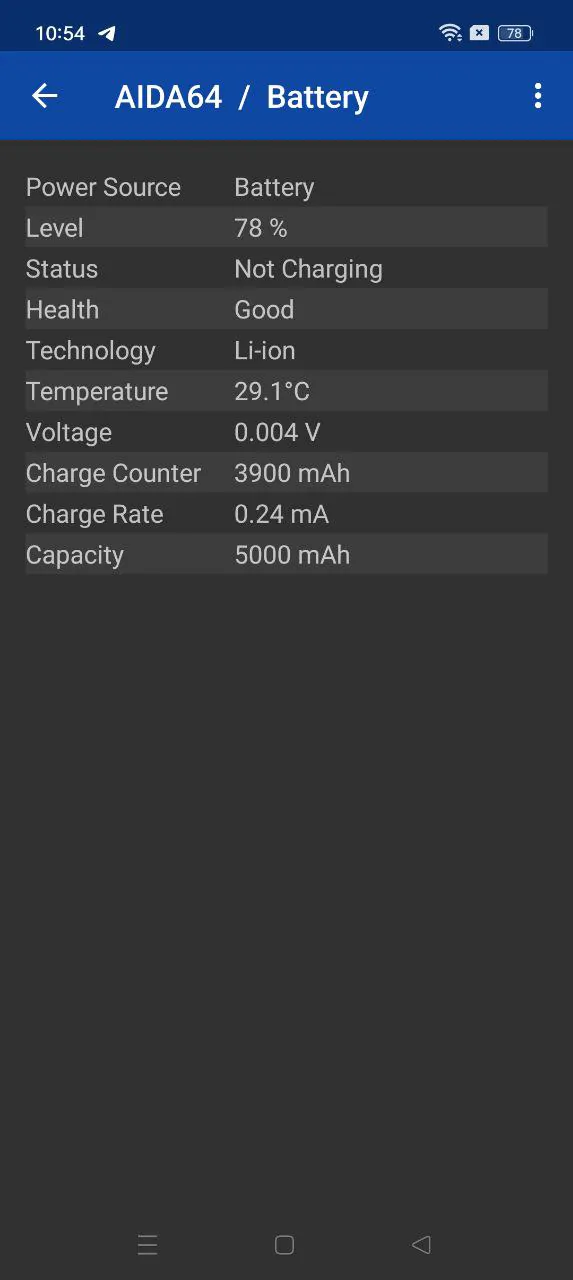
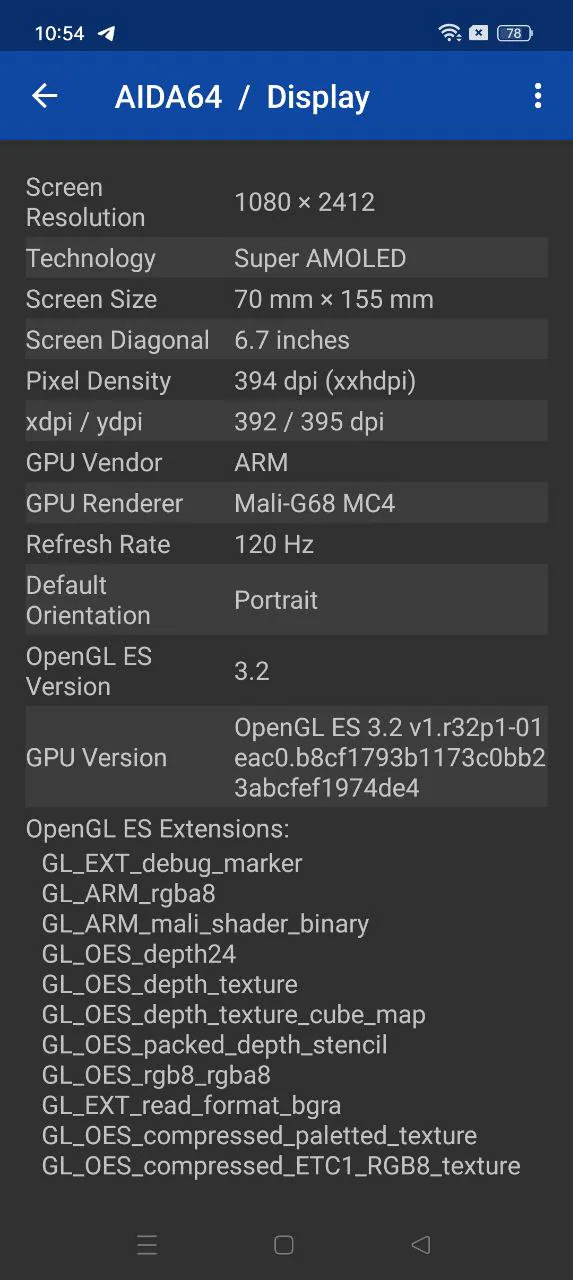
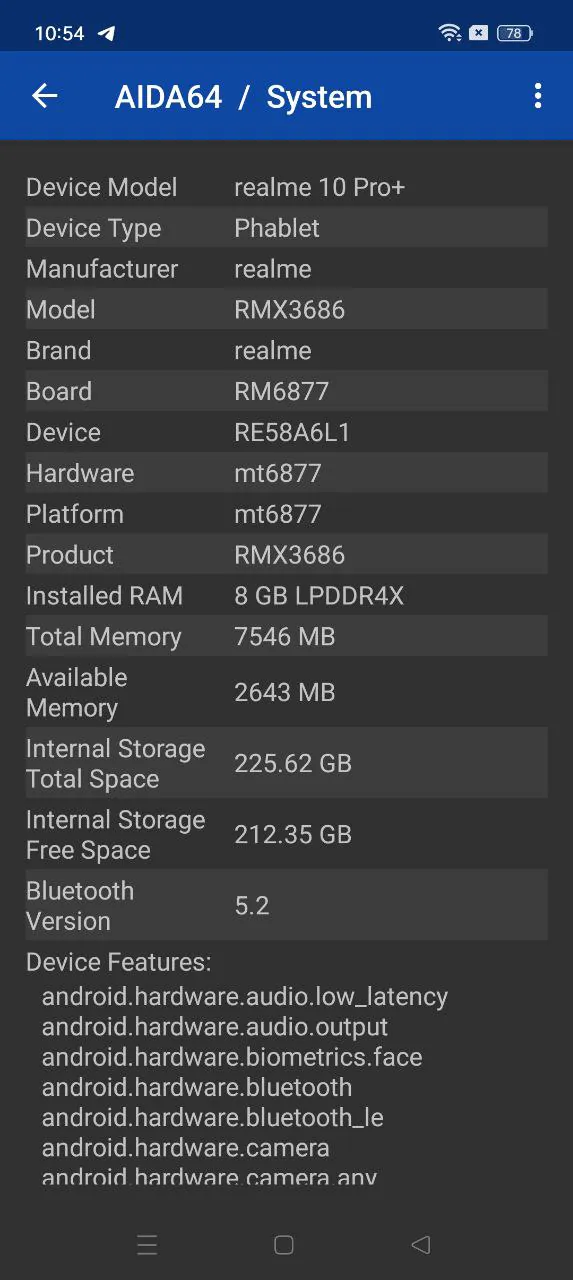

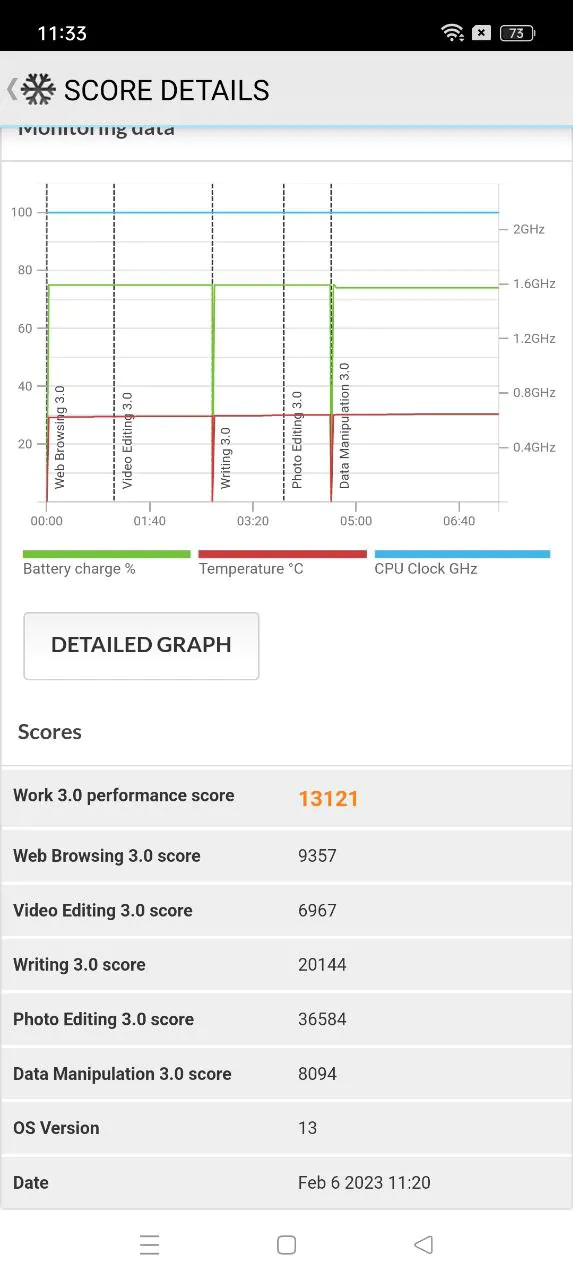
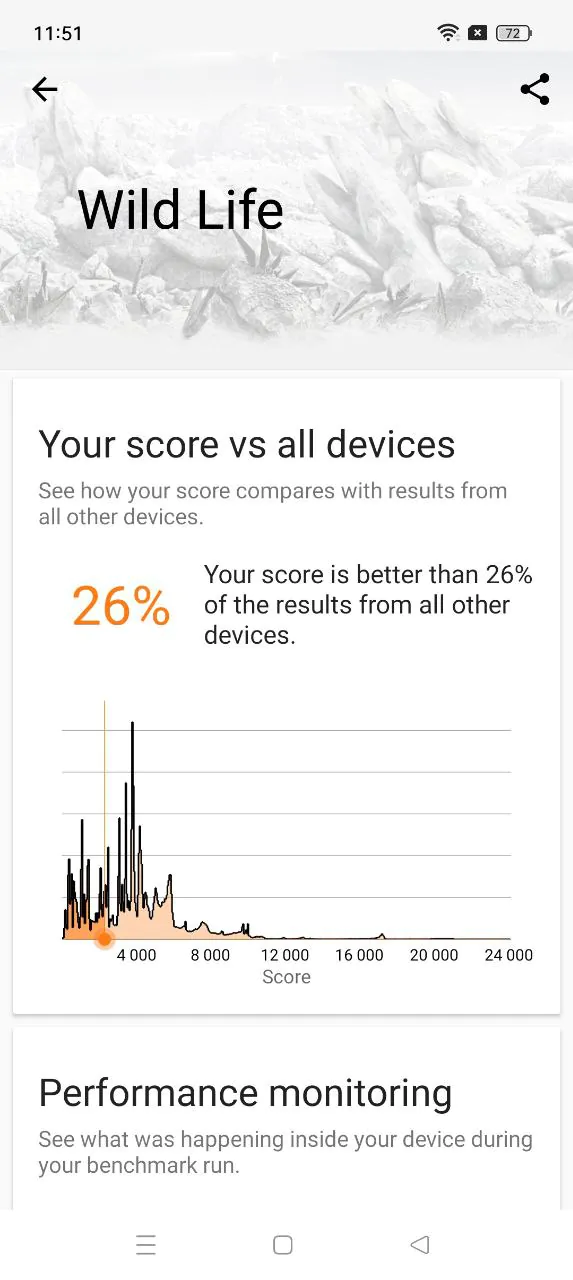
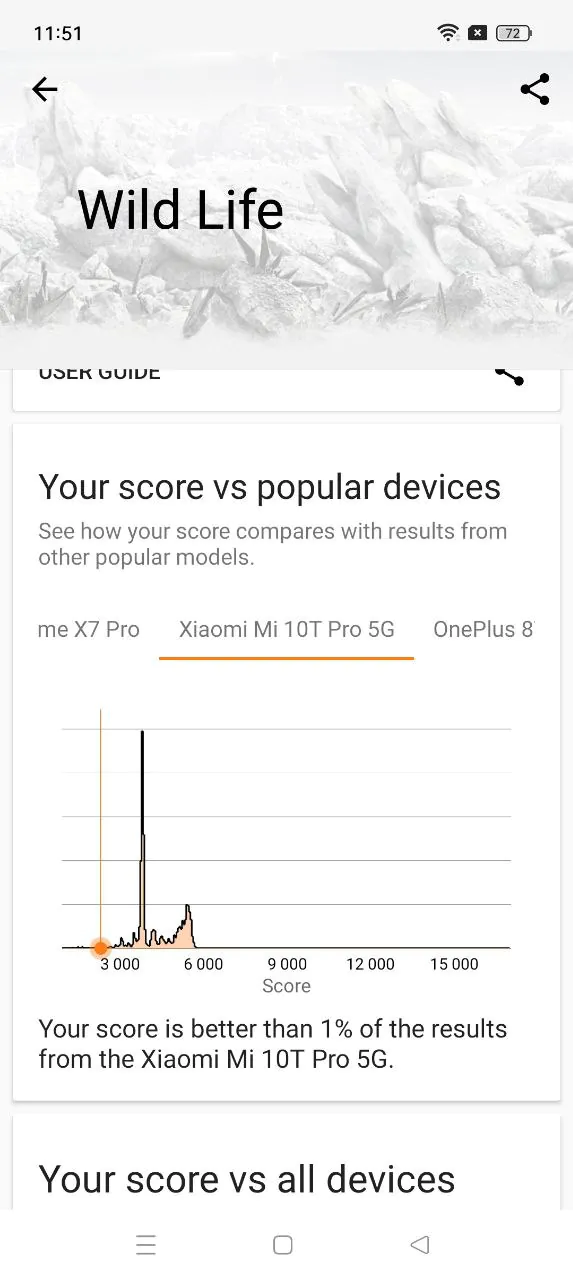

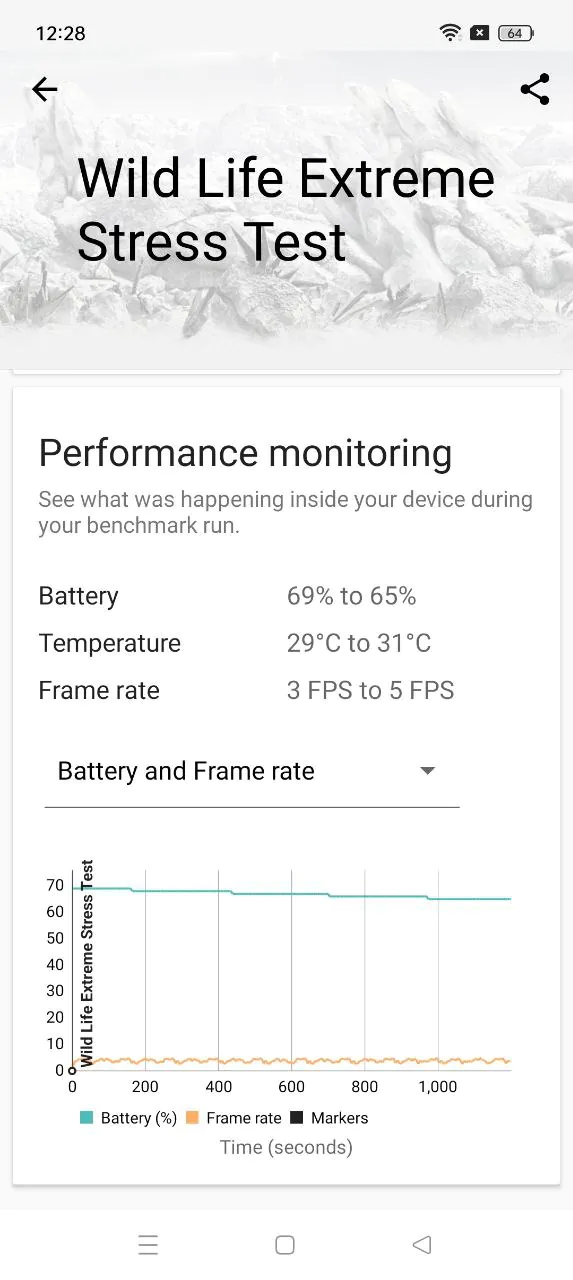
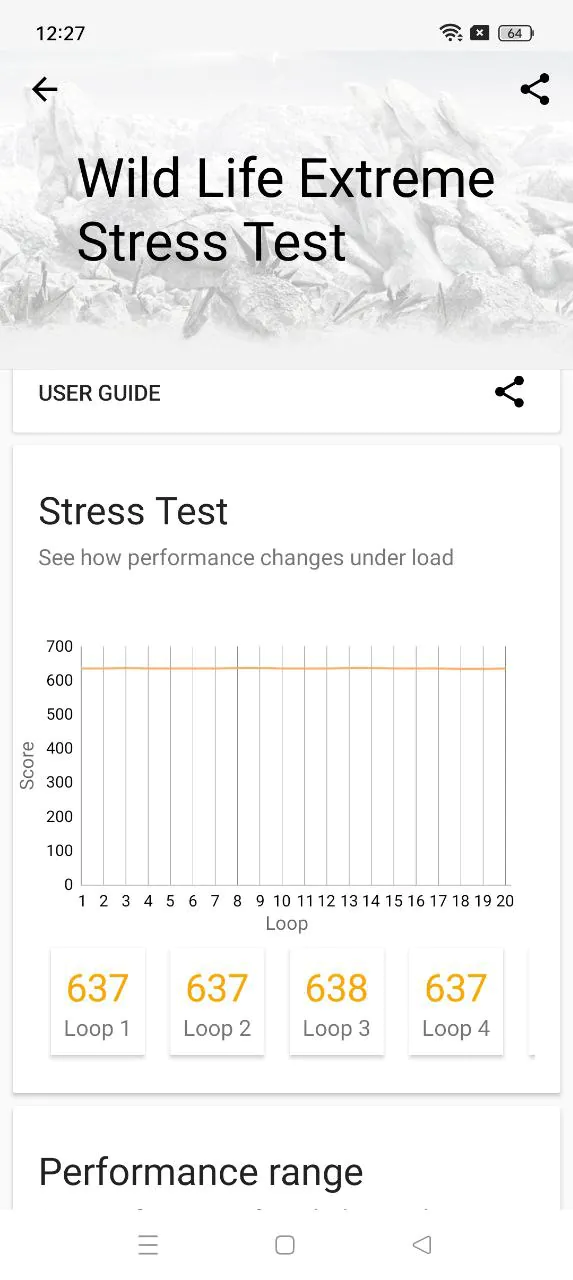
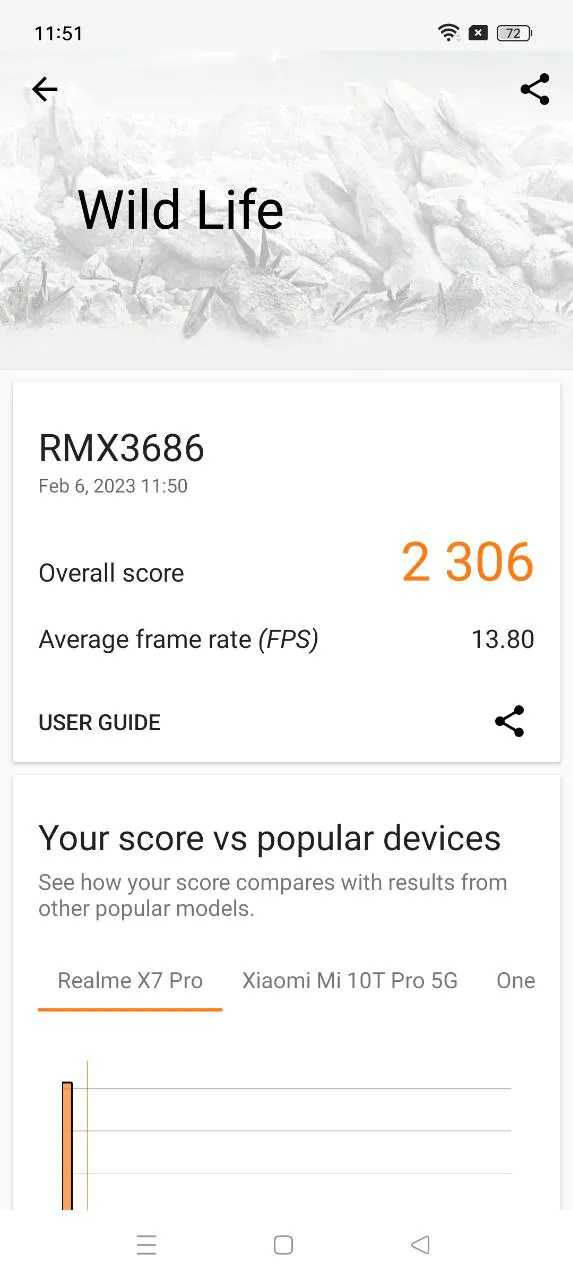

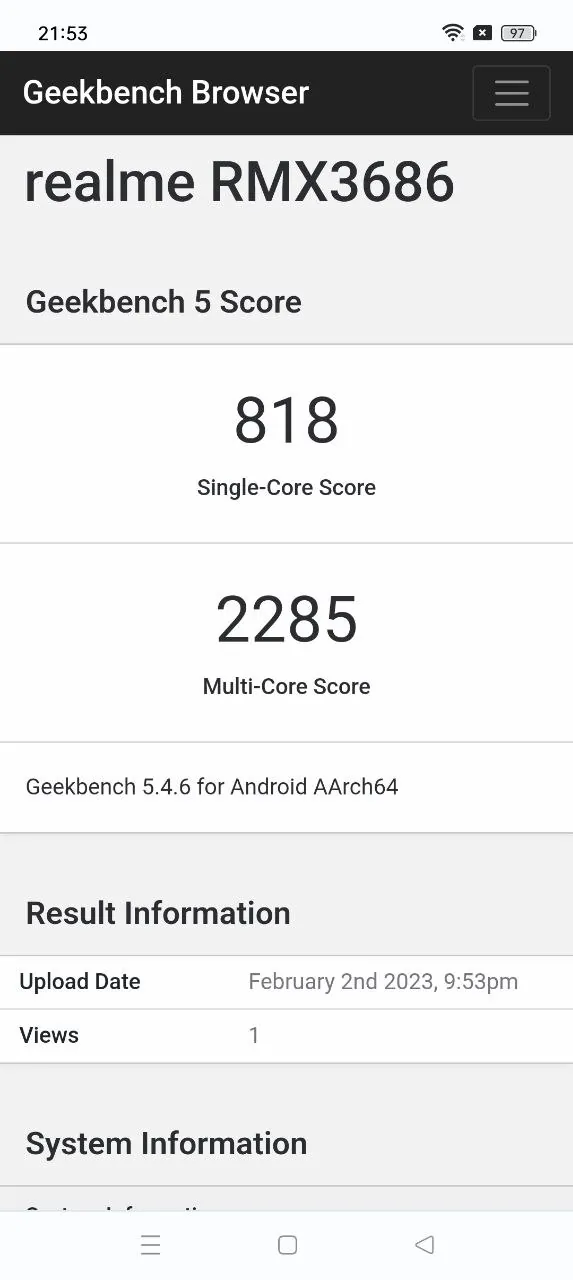
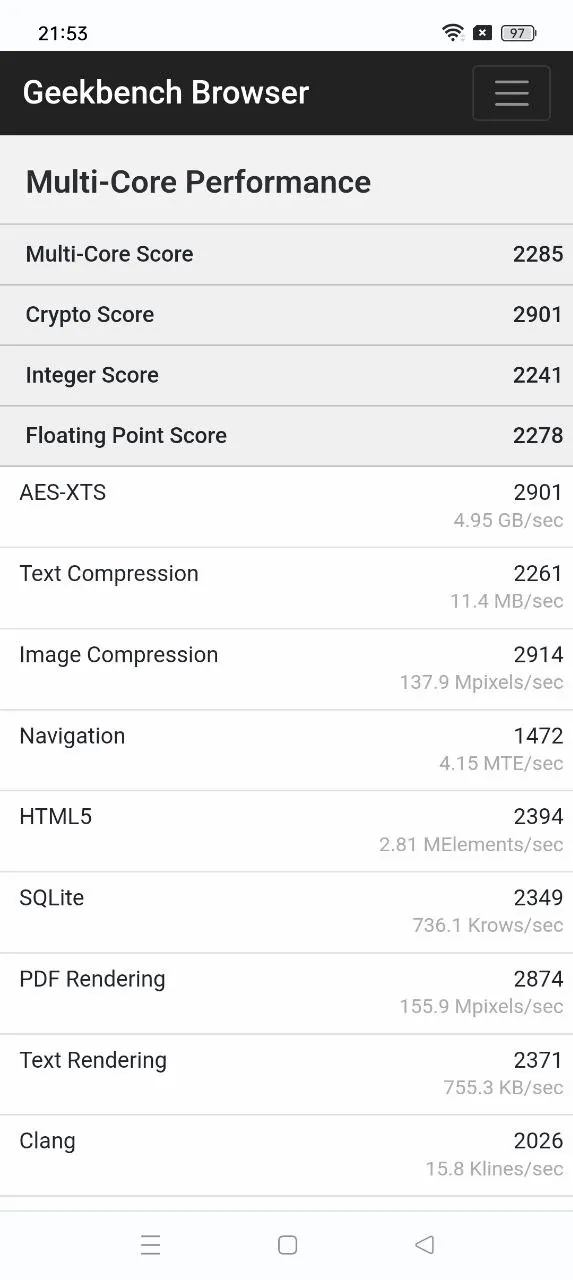
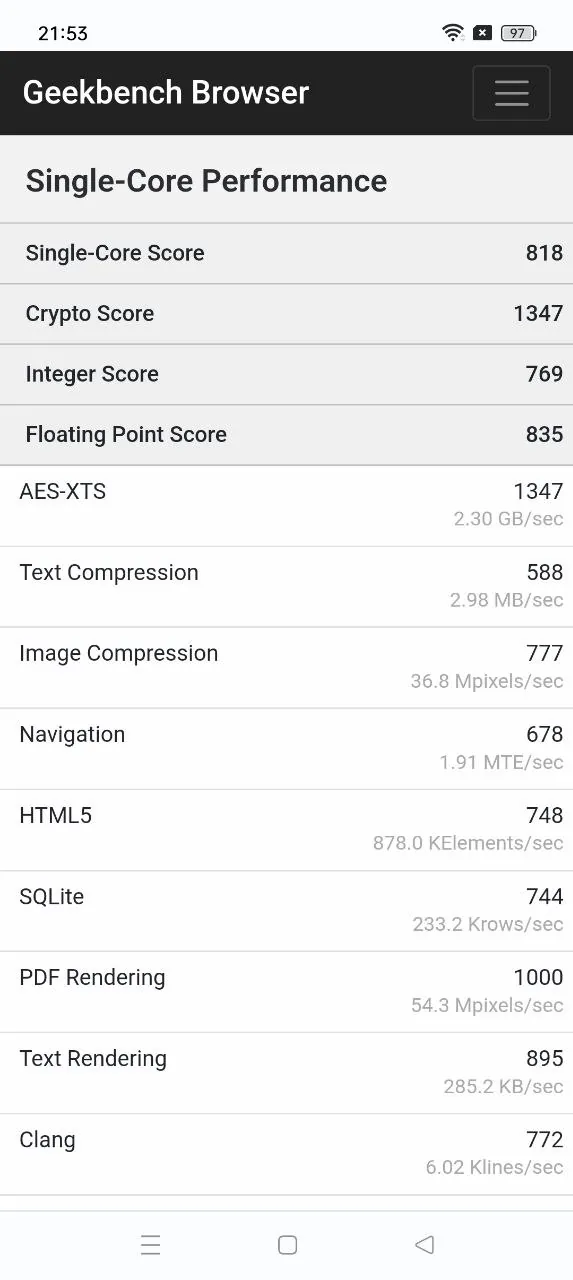
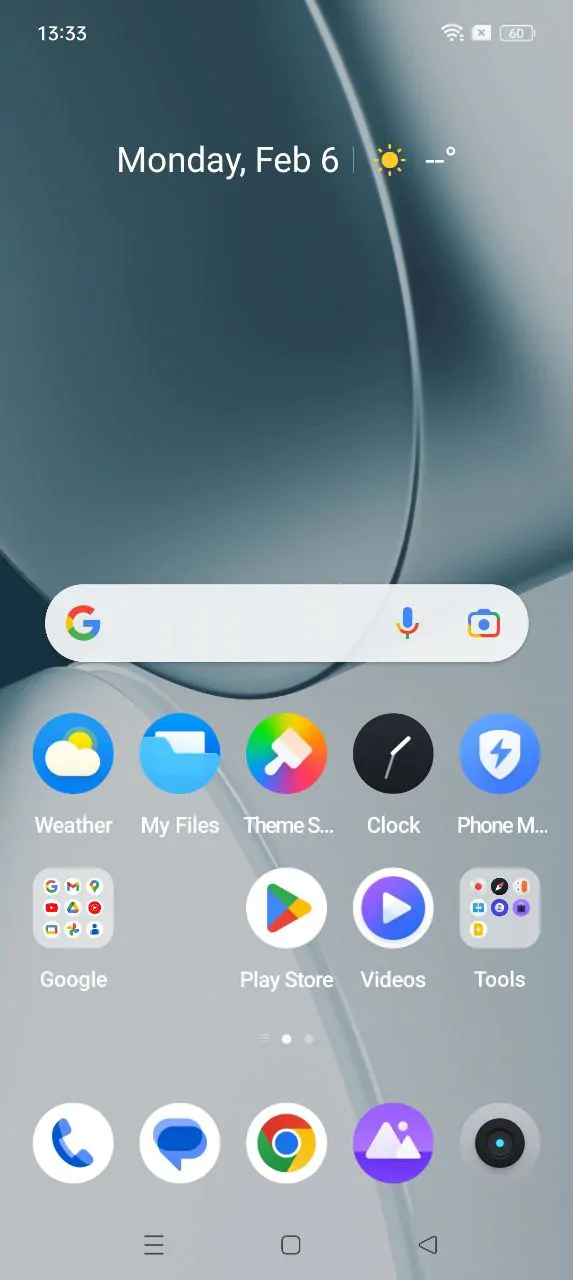
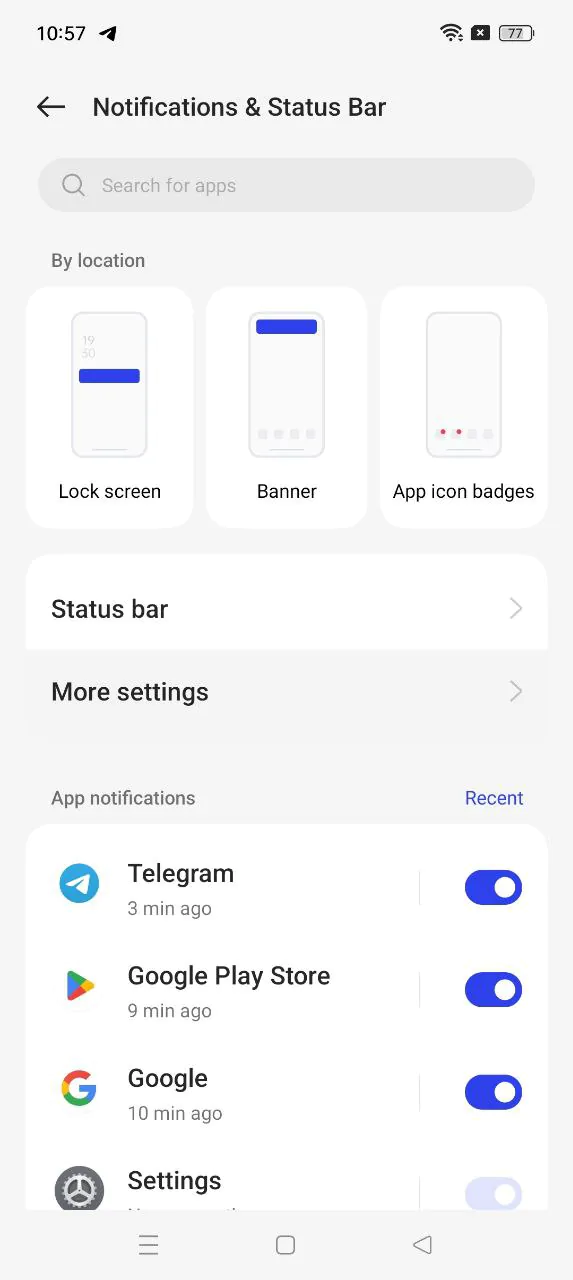


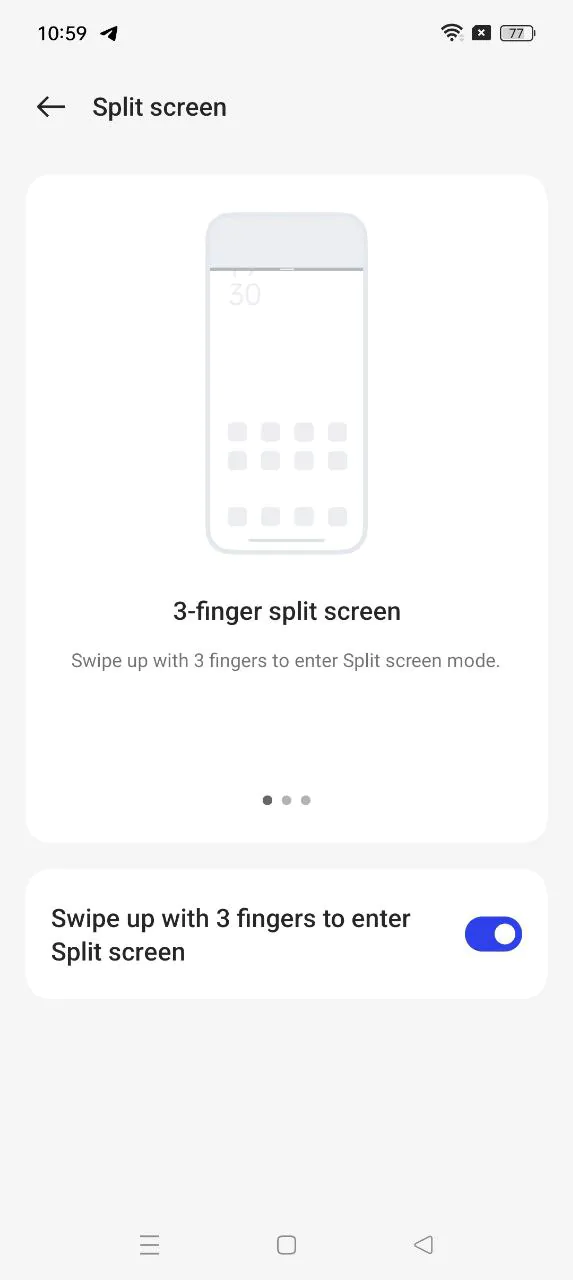
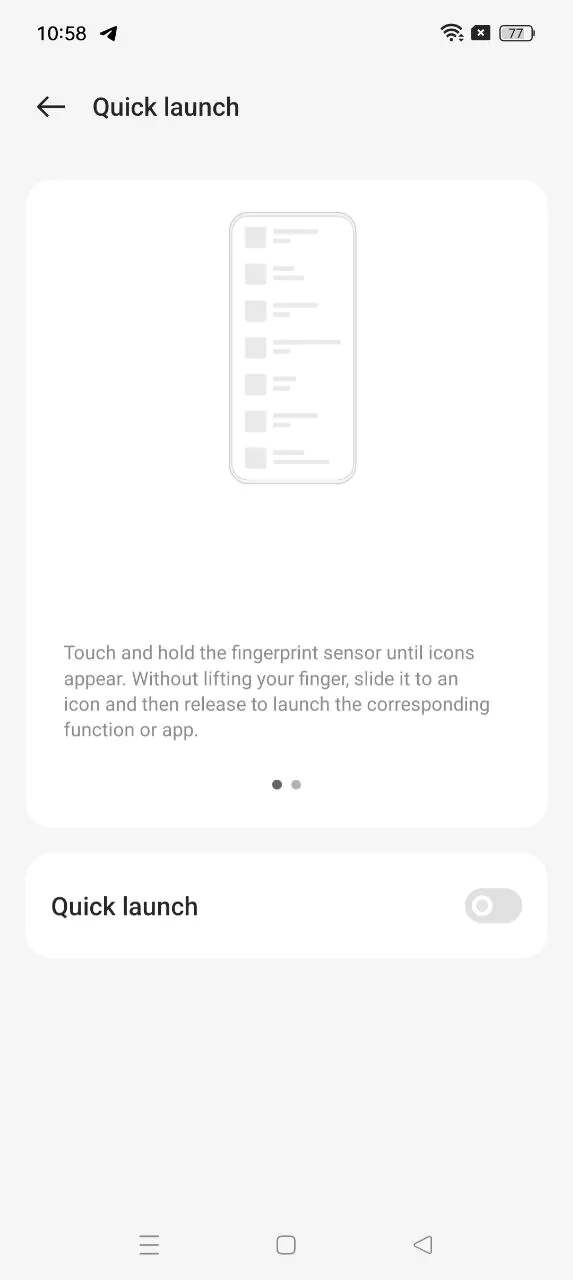
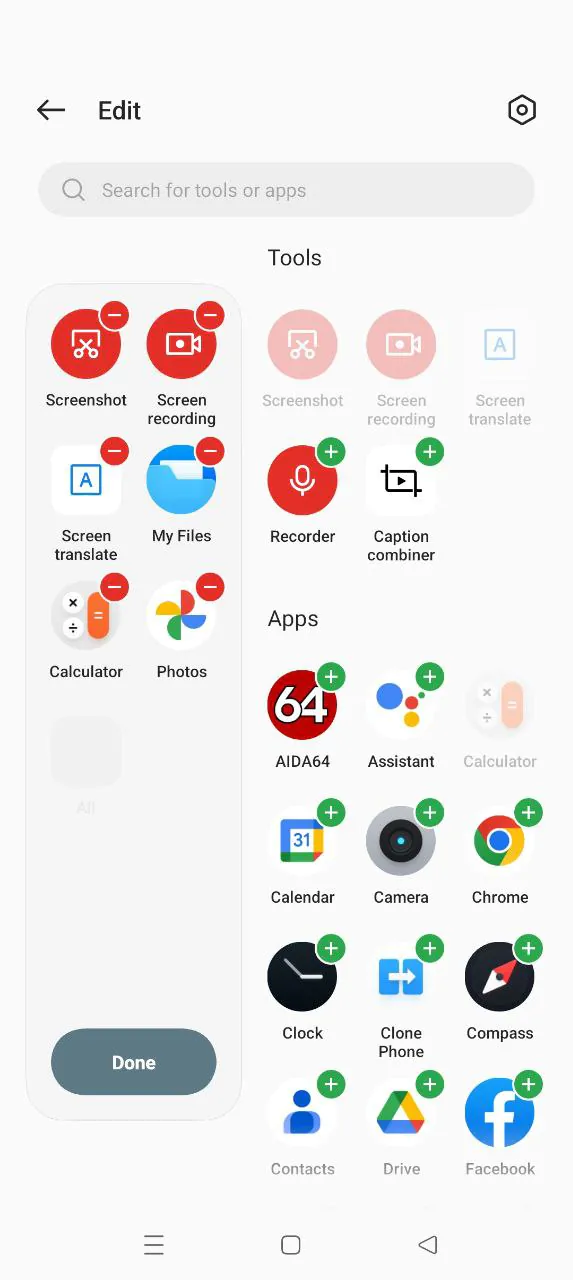
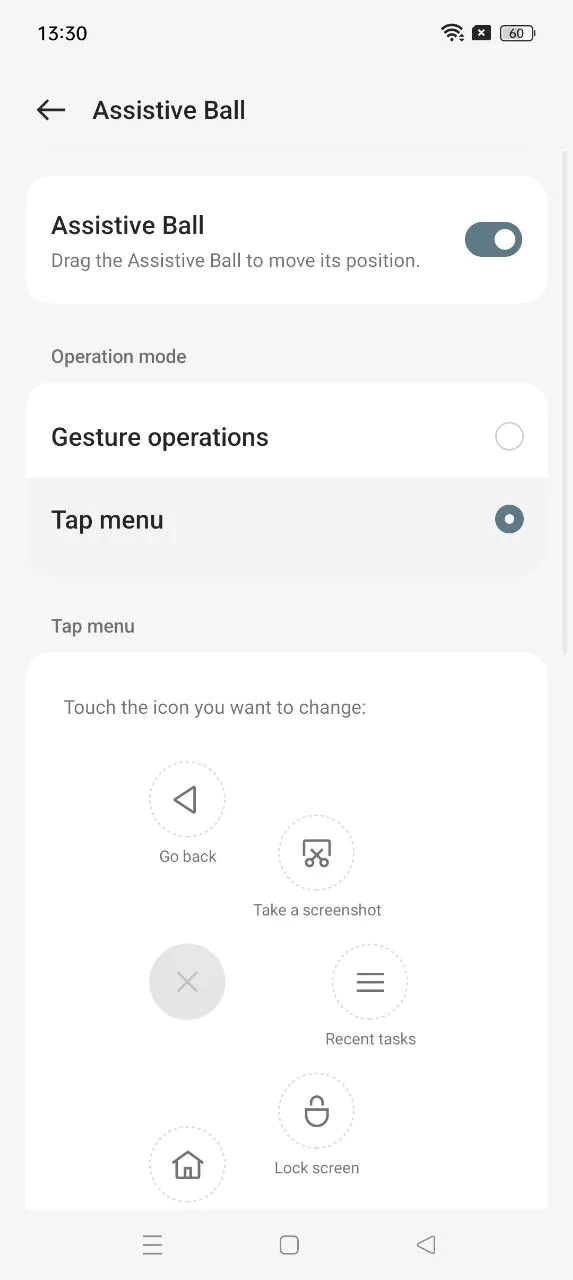



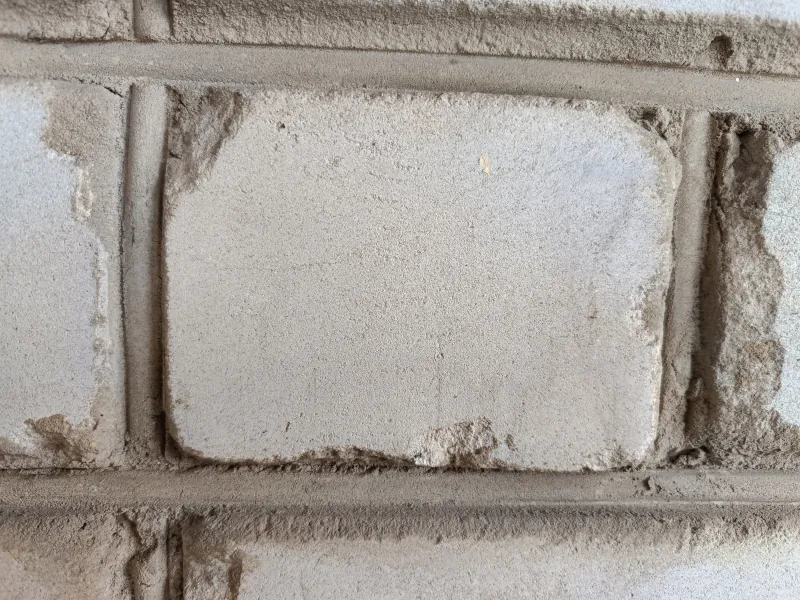




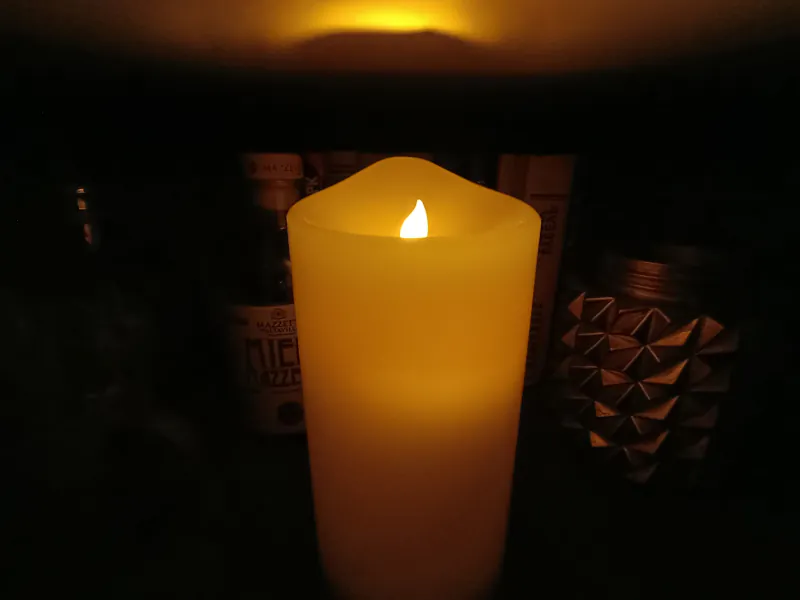











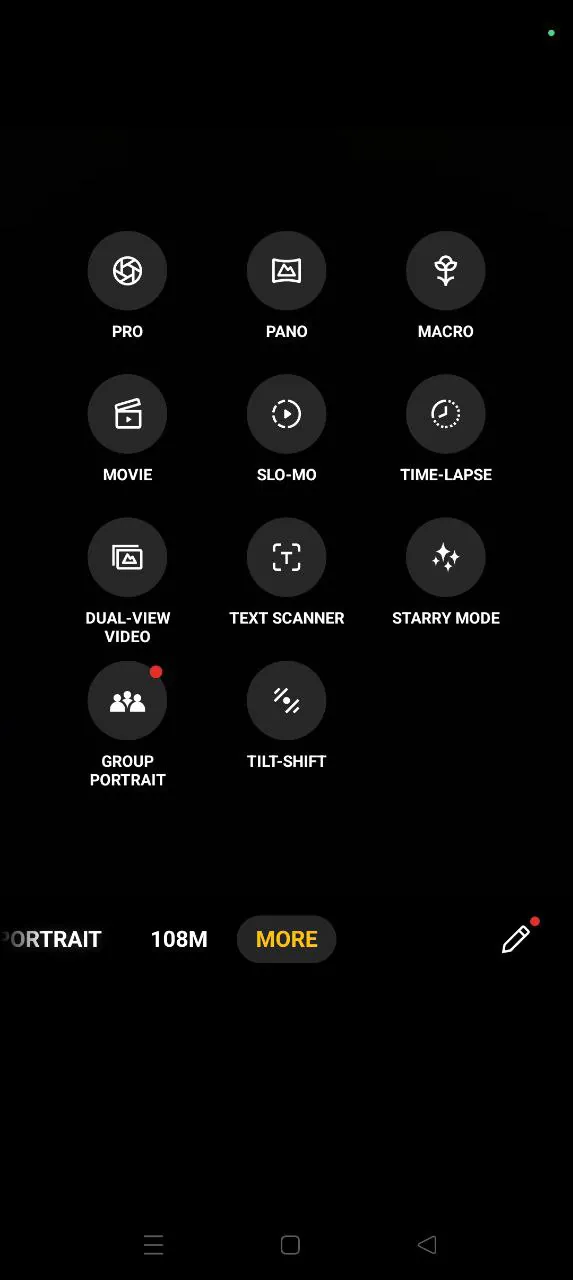
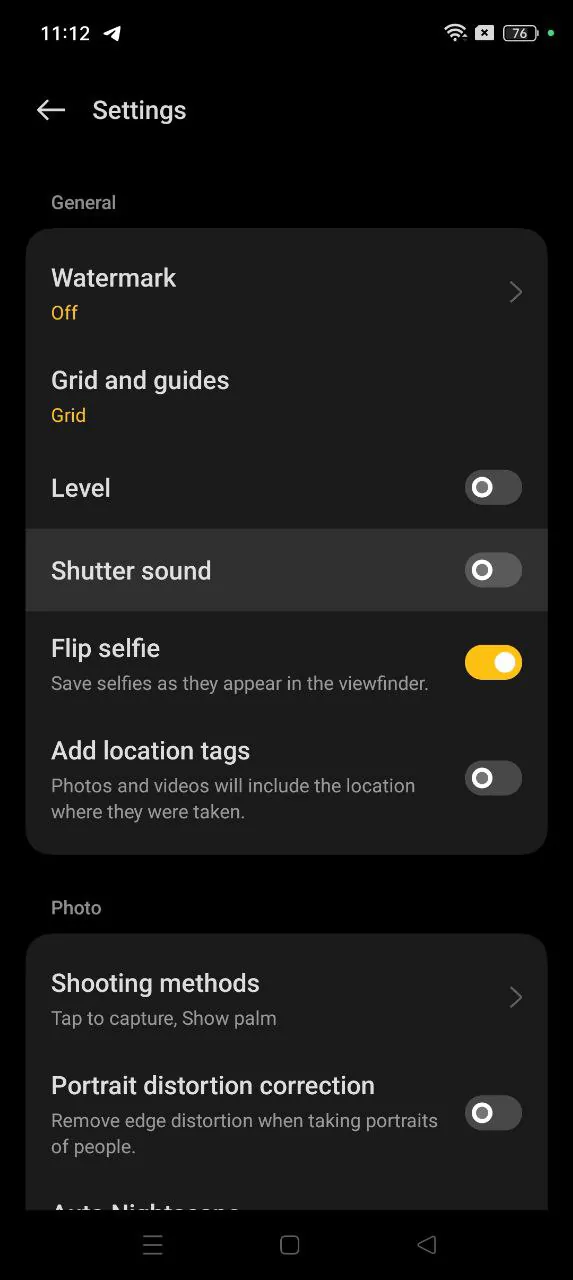
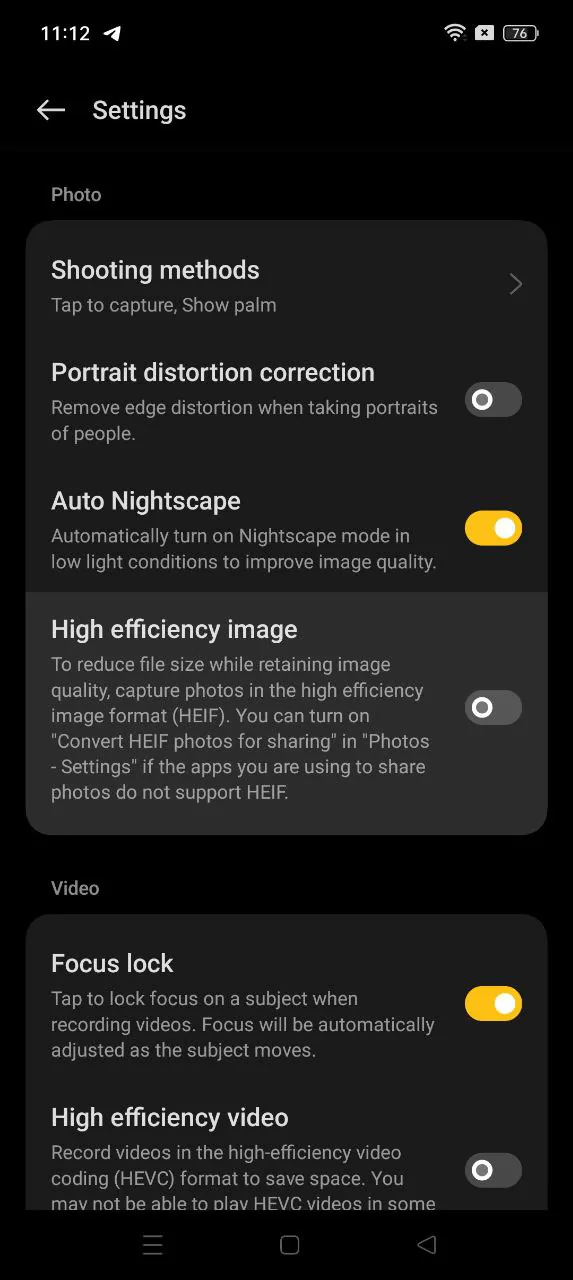
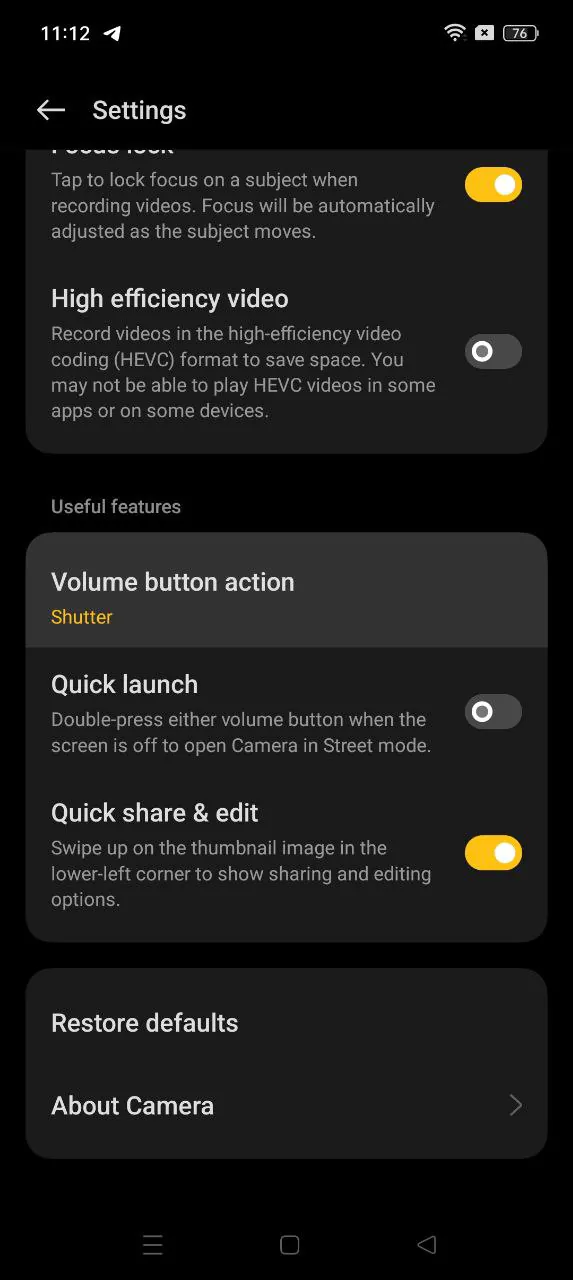
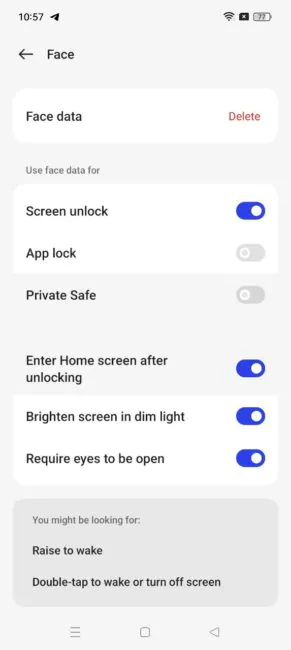
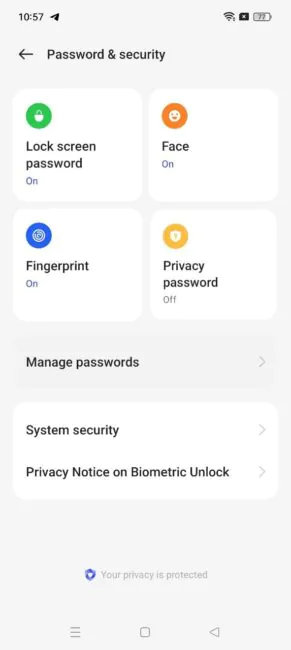
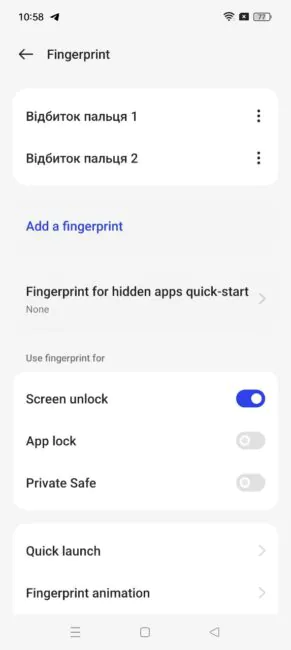
Kisan app is not working in this device please provide solutions